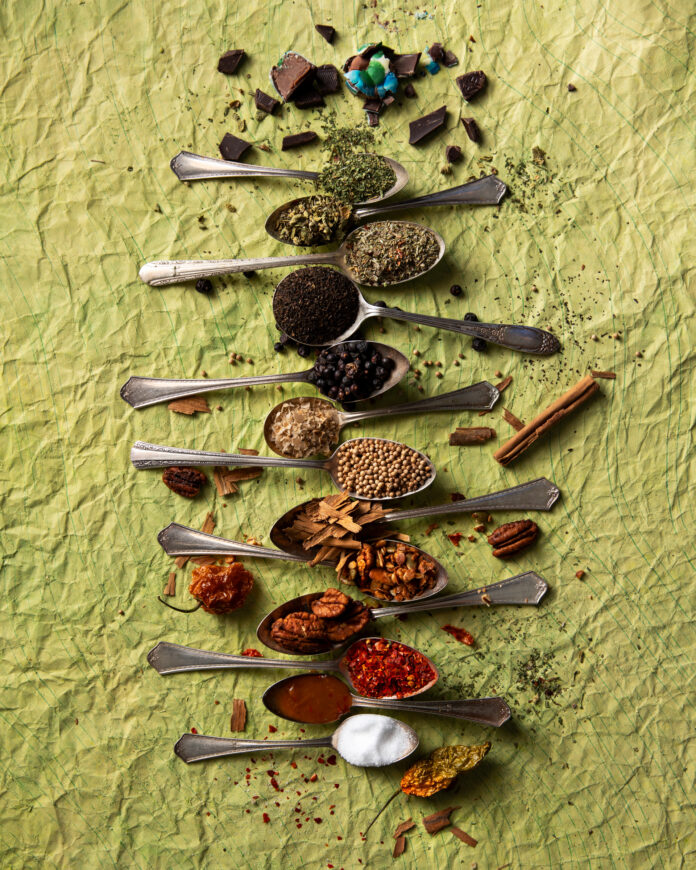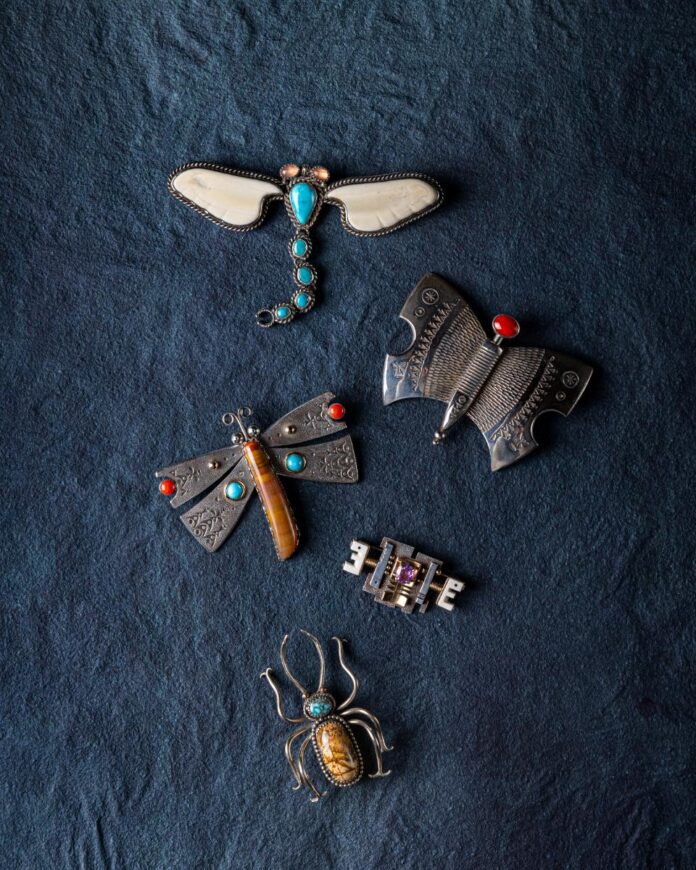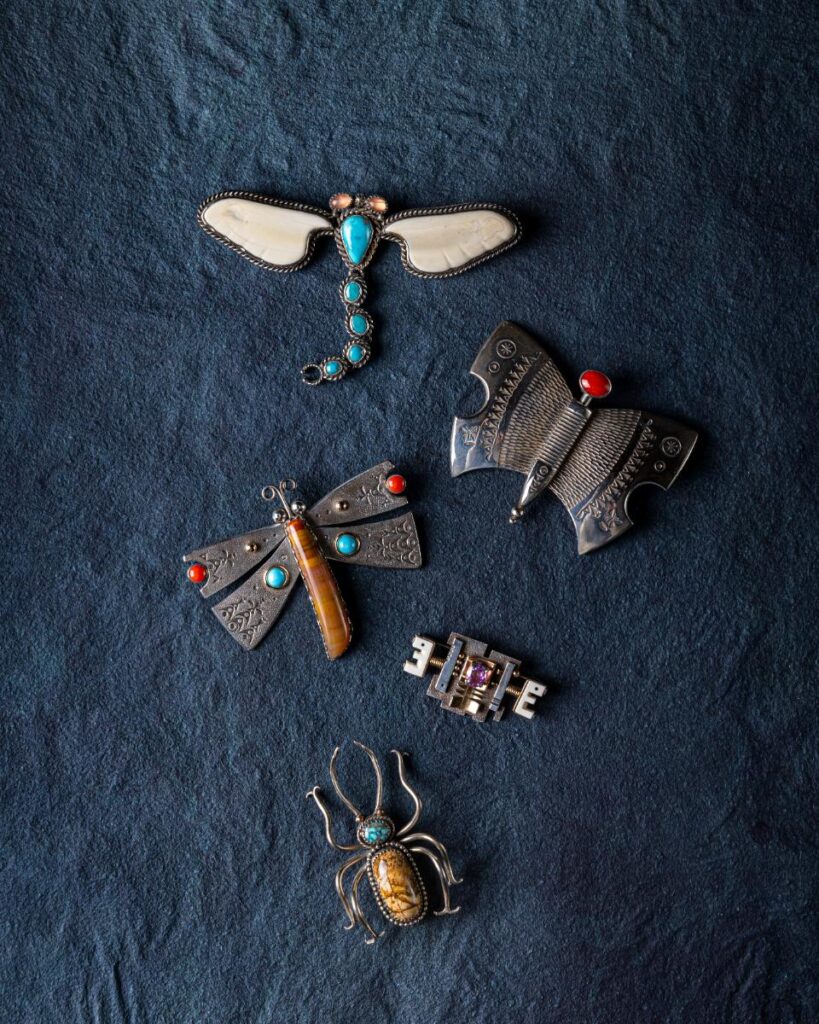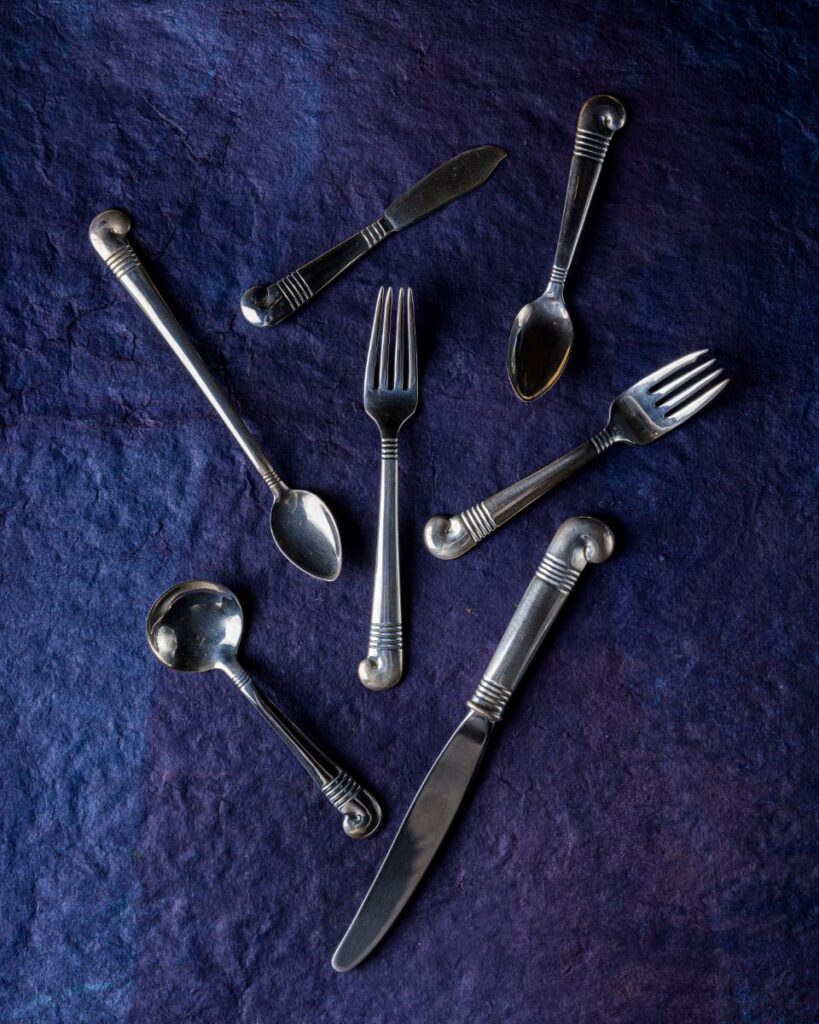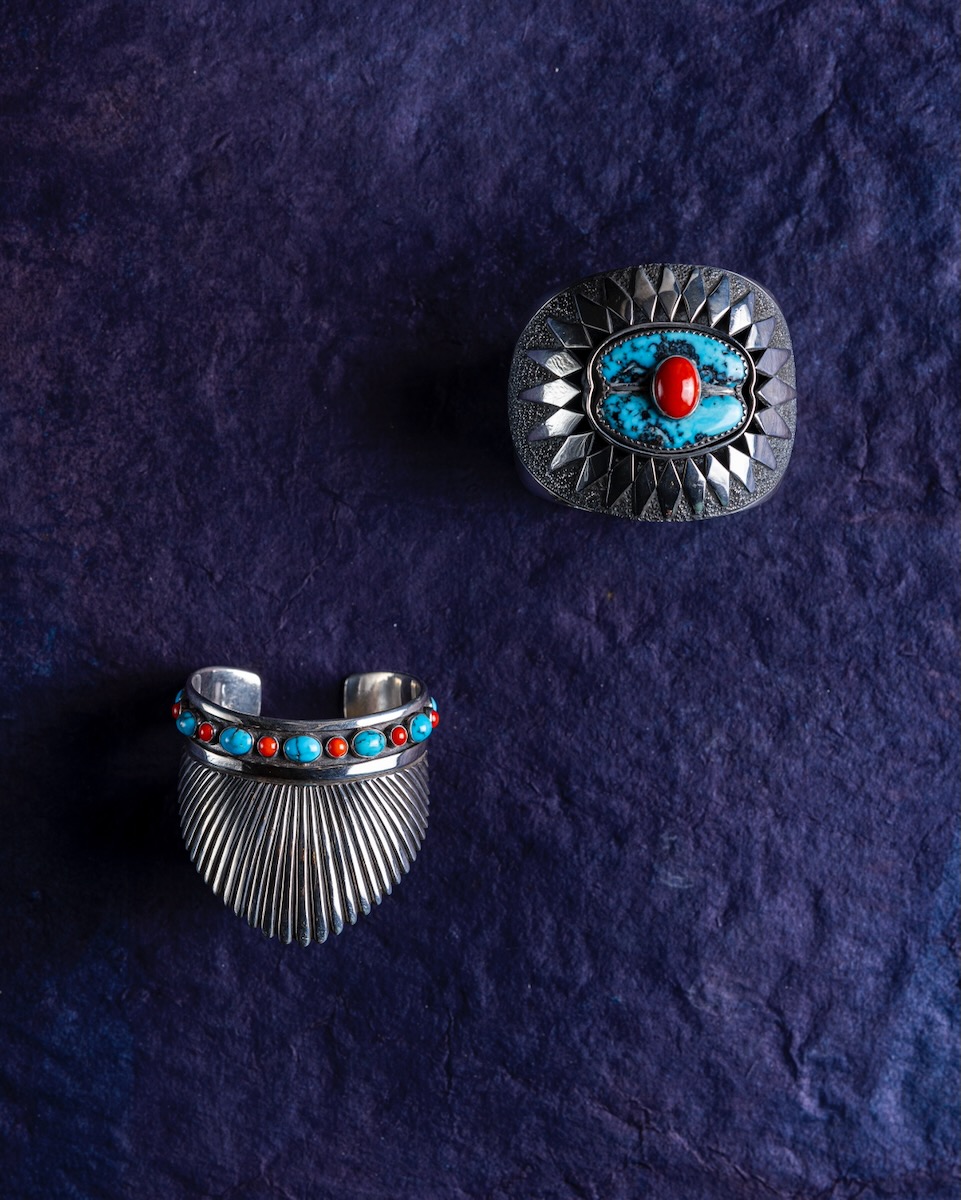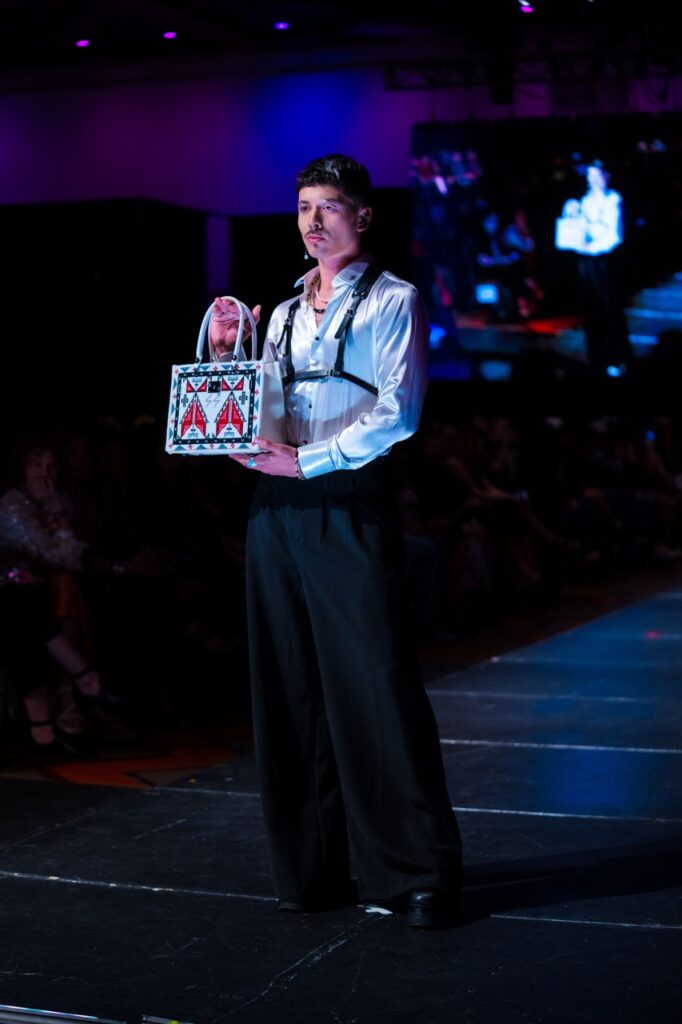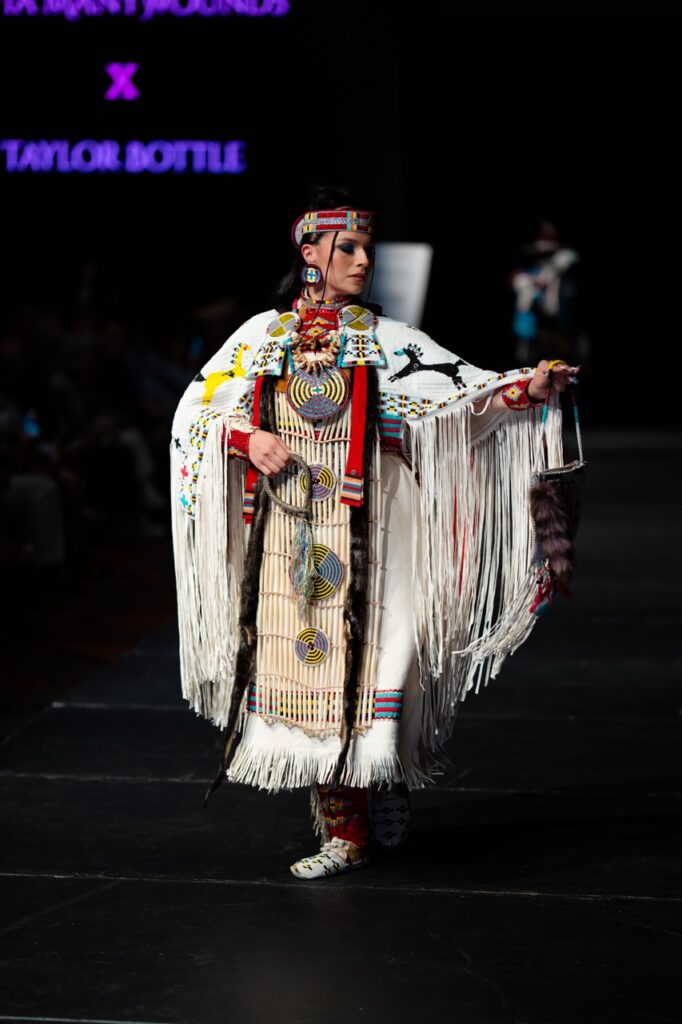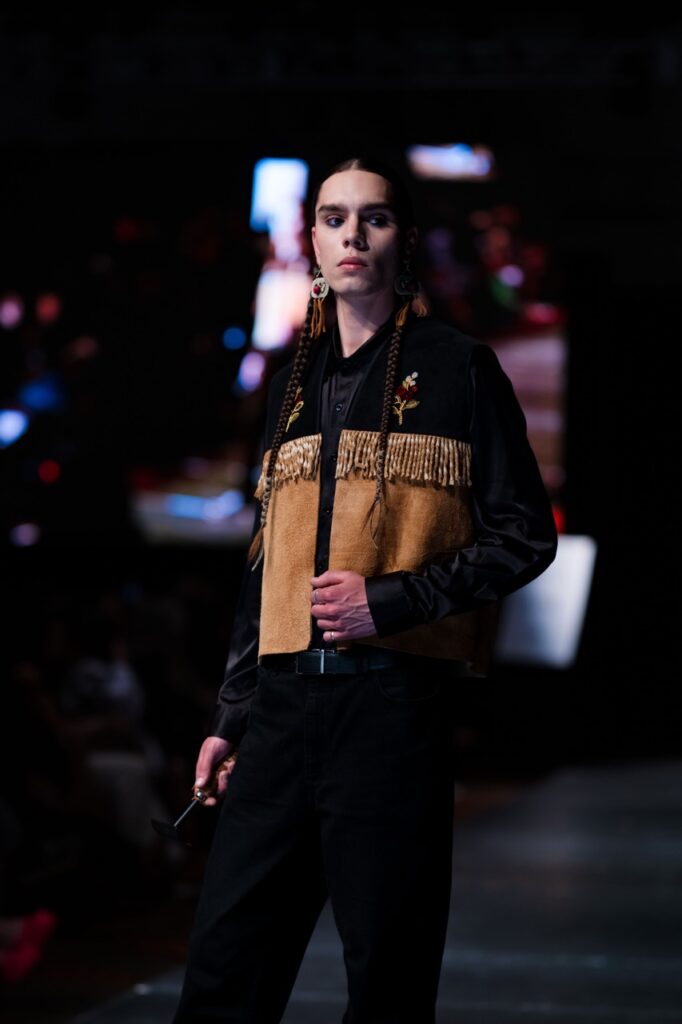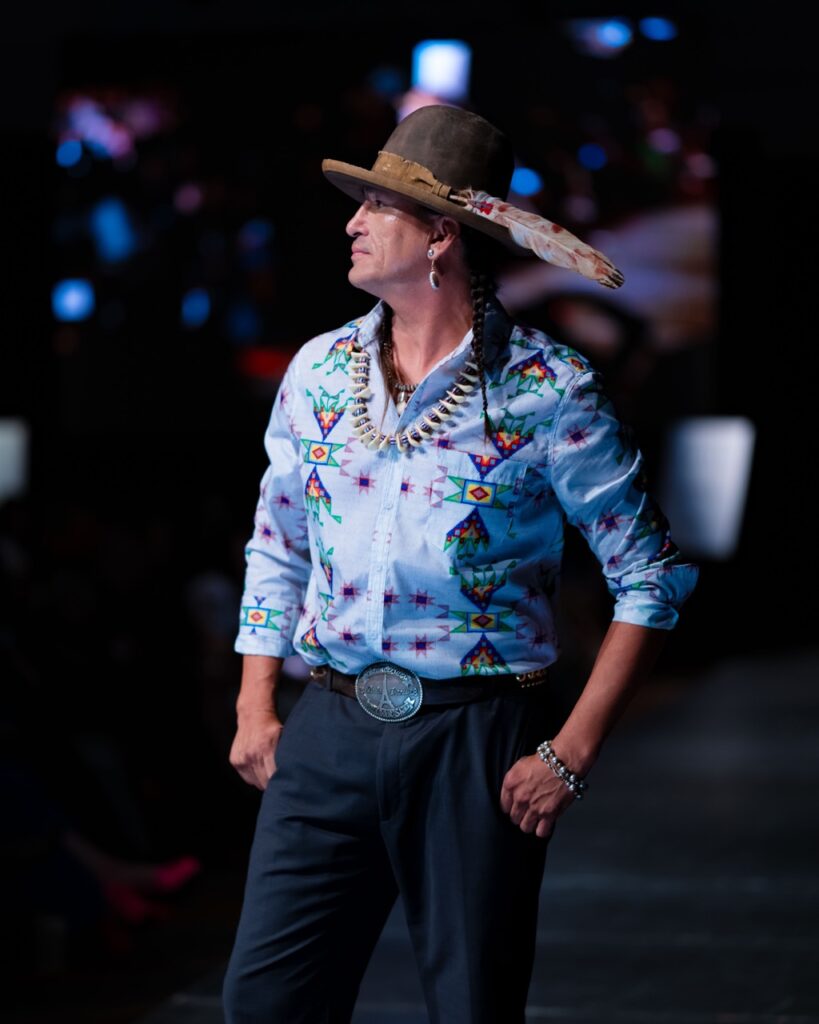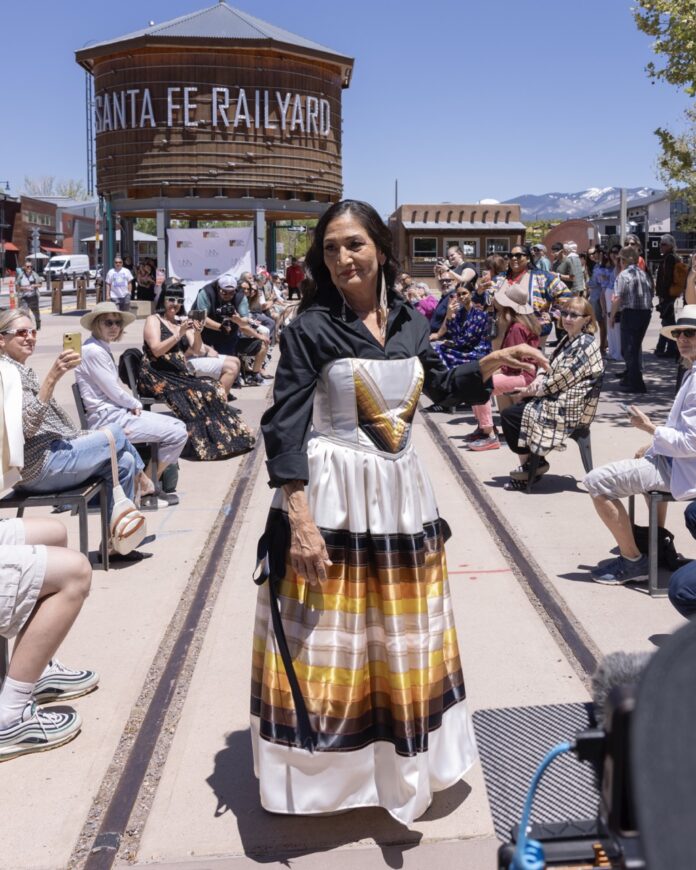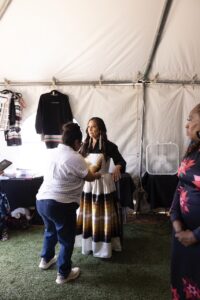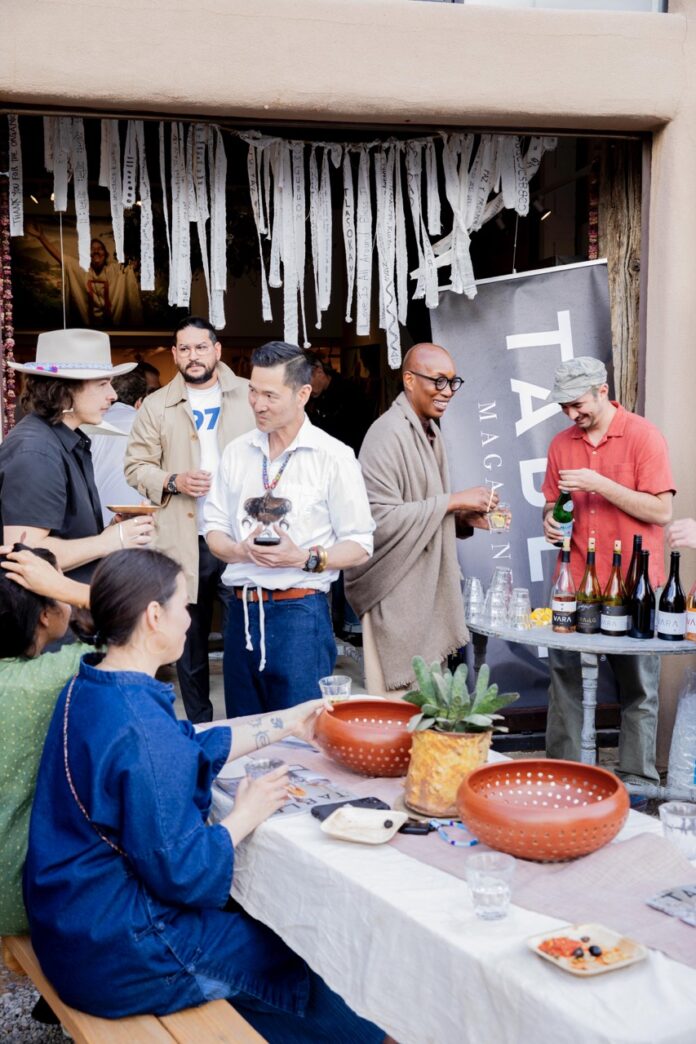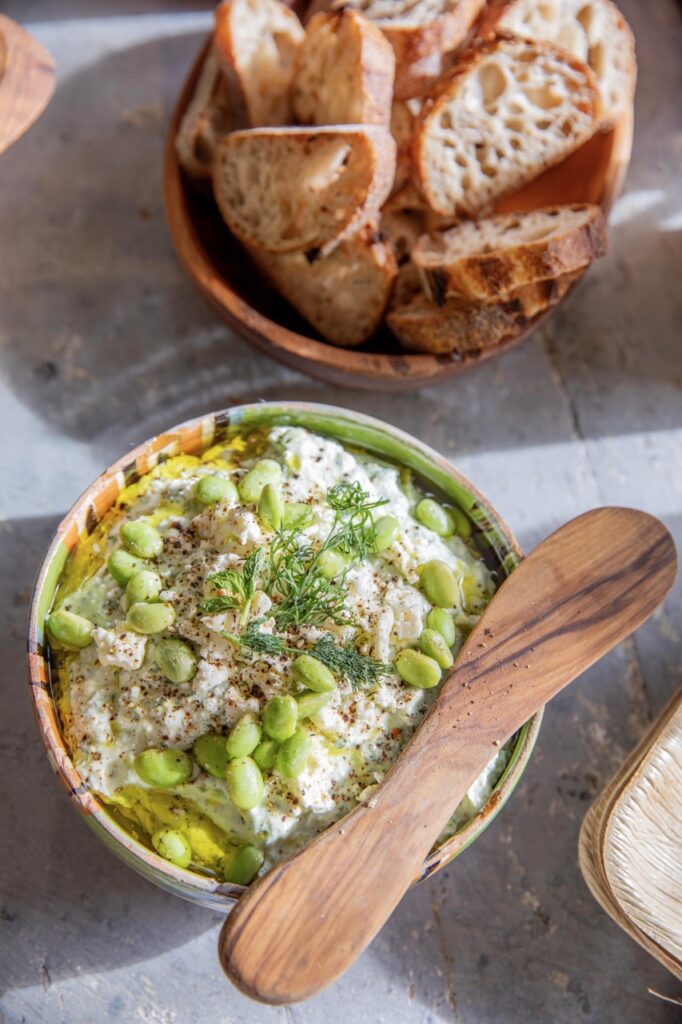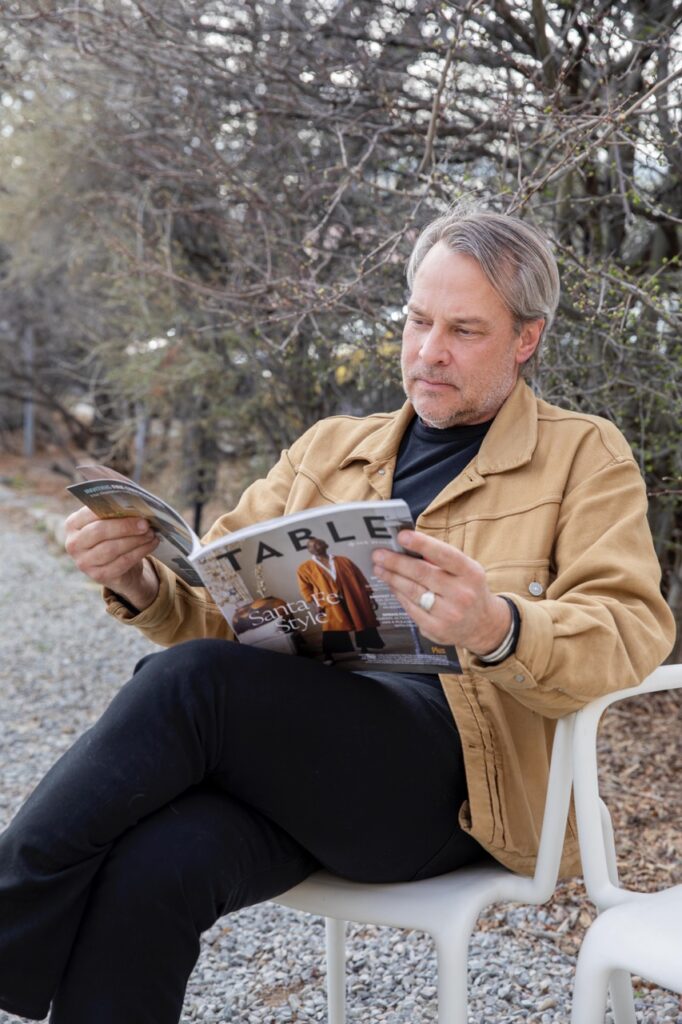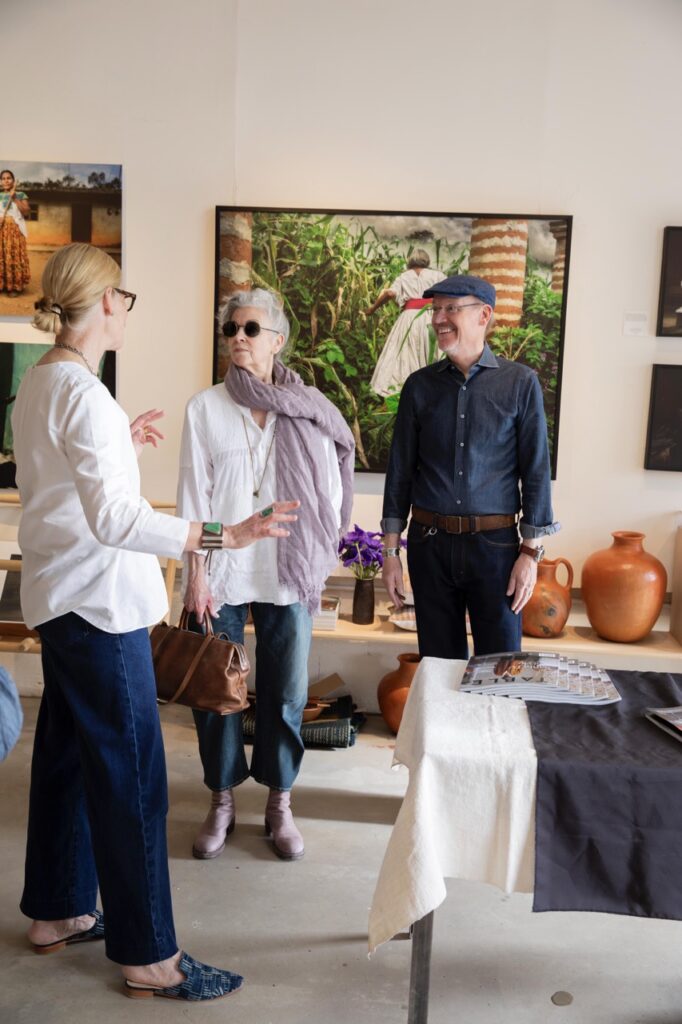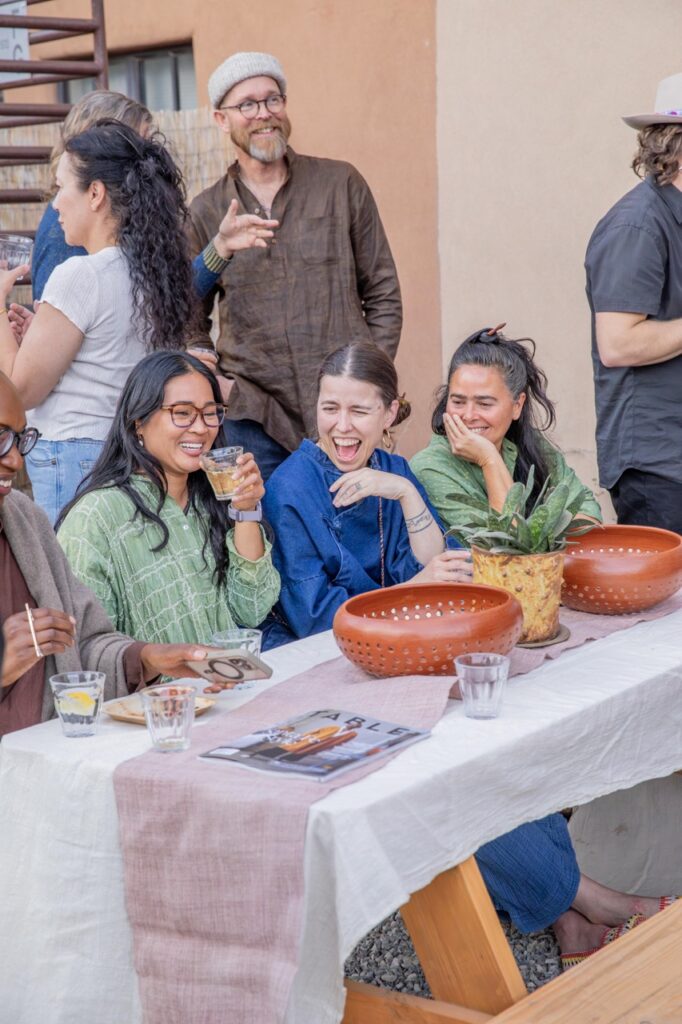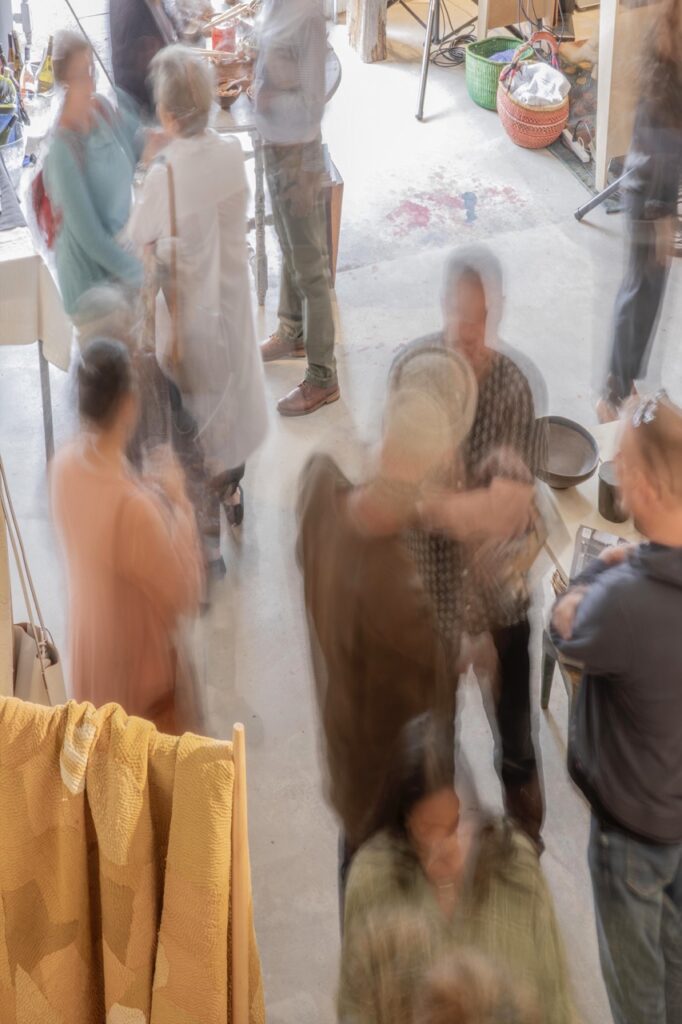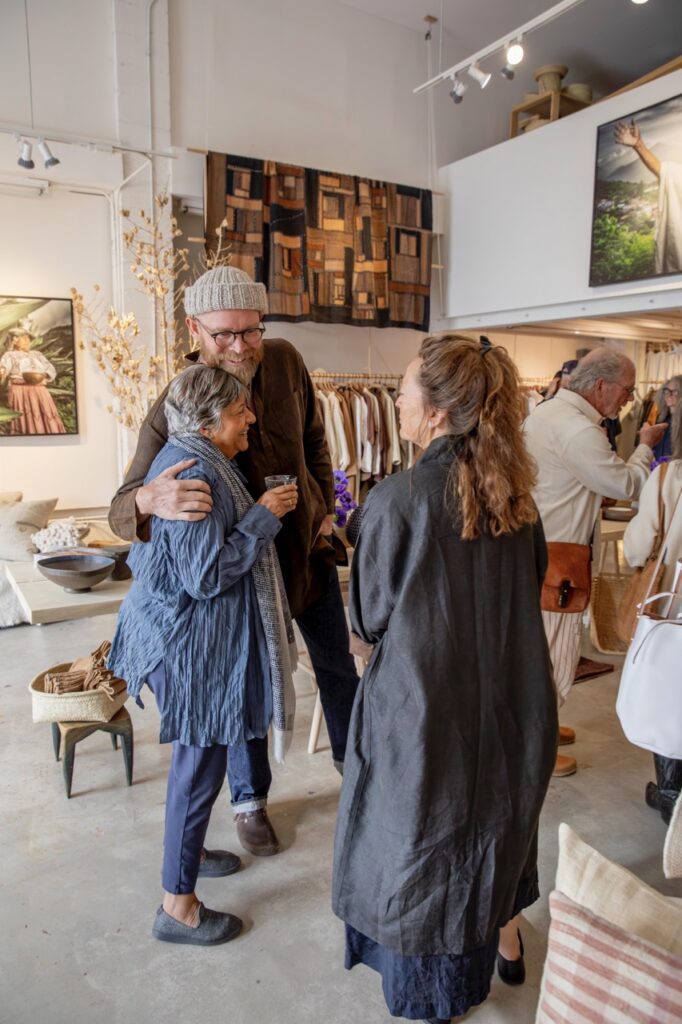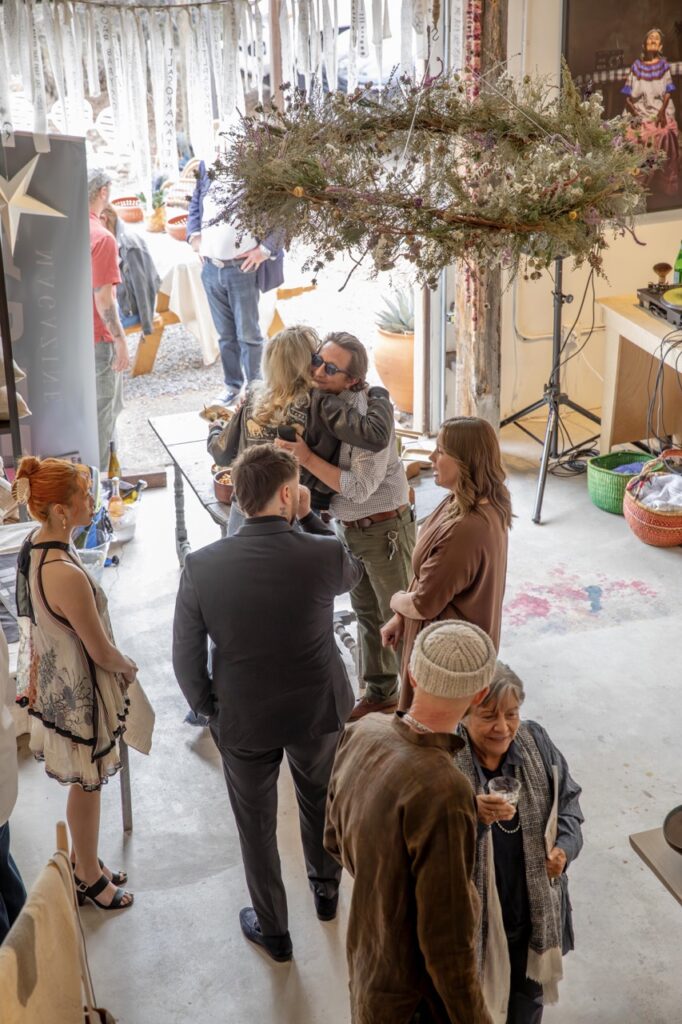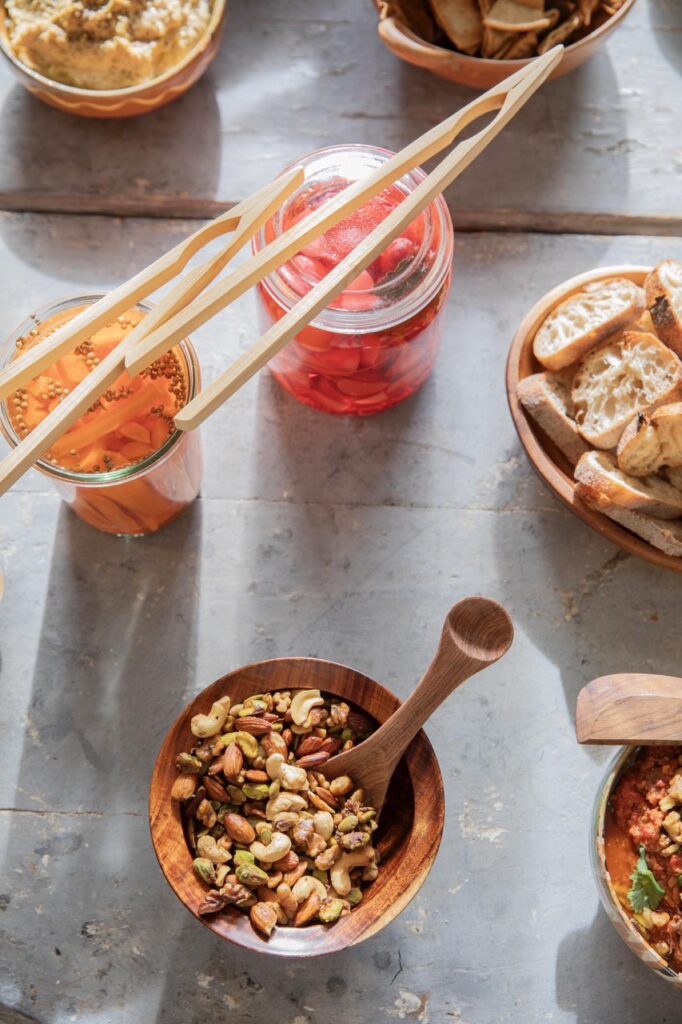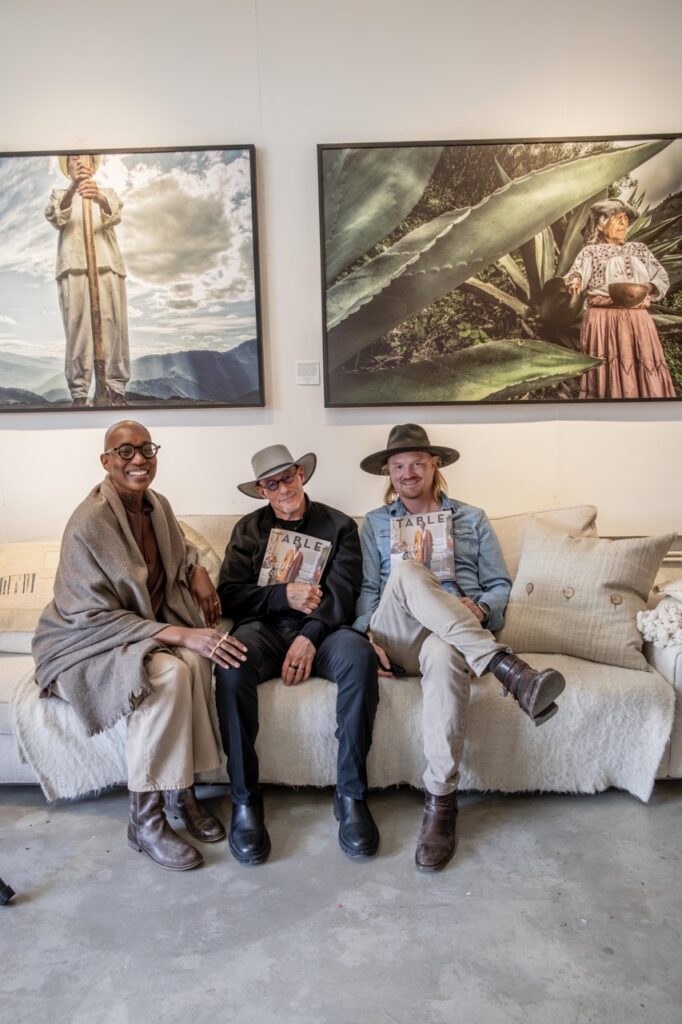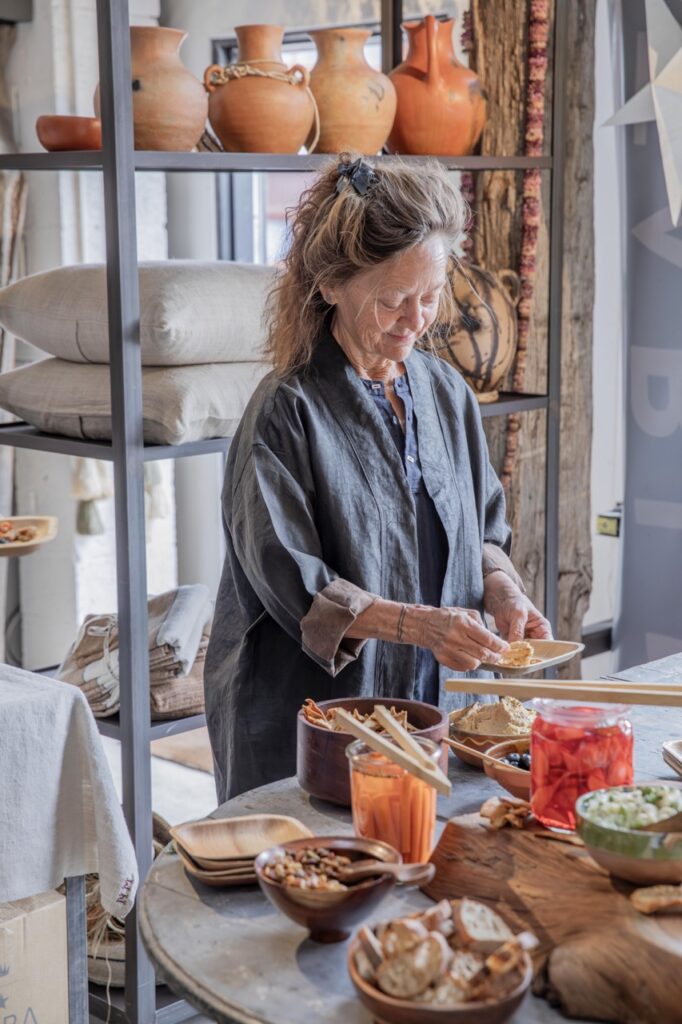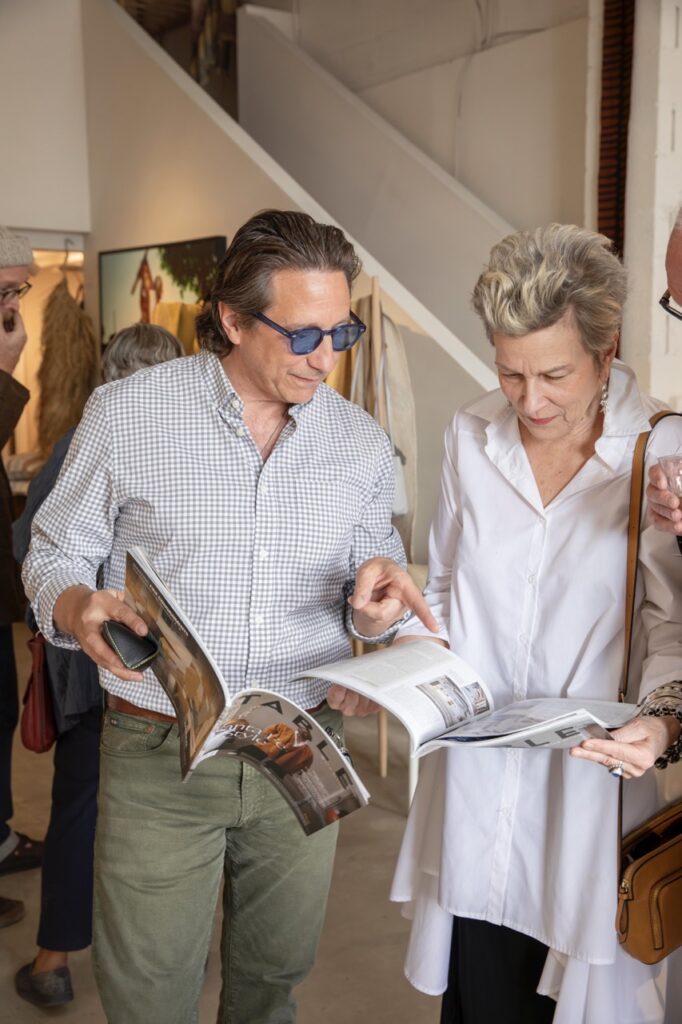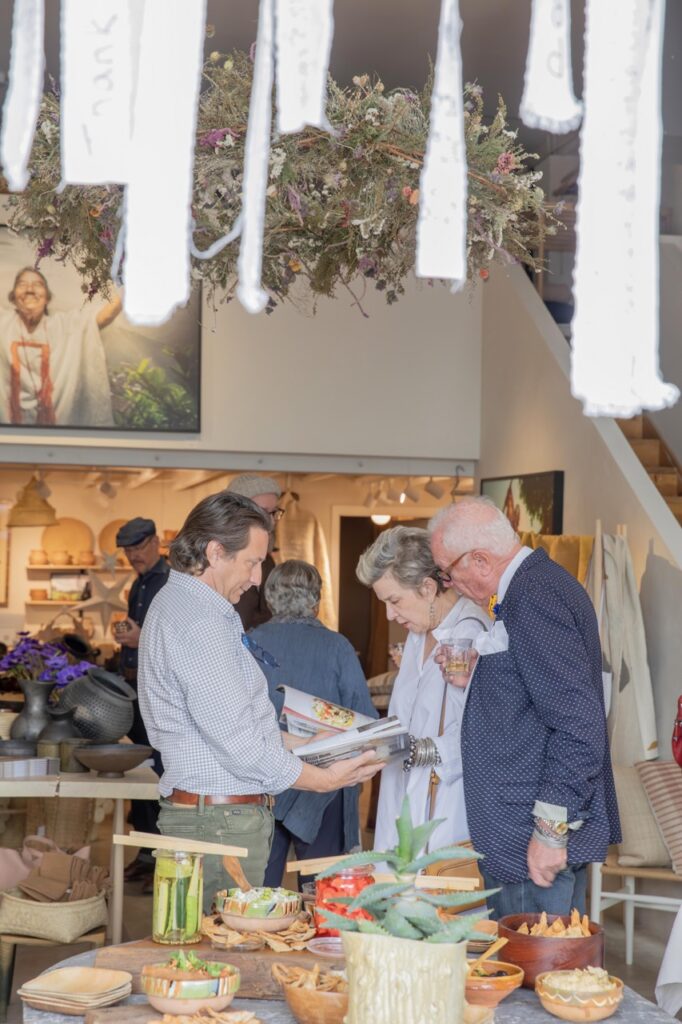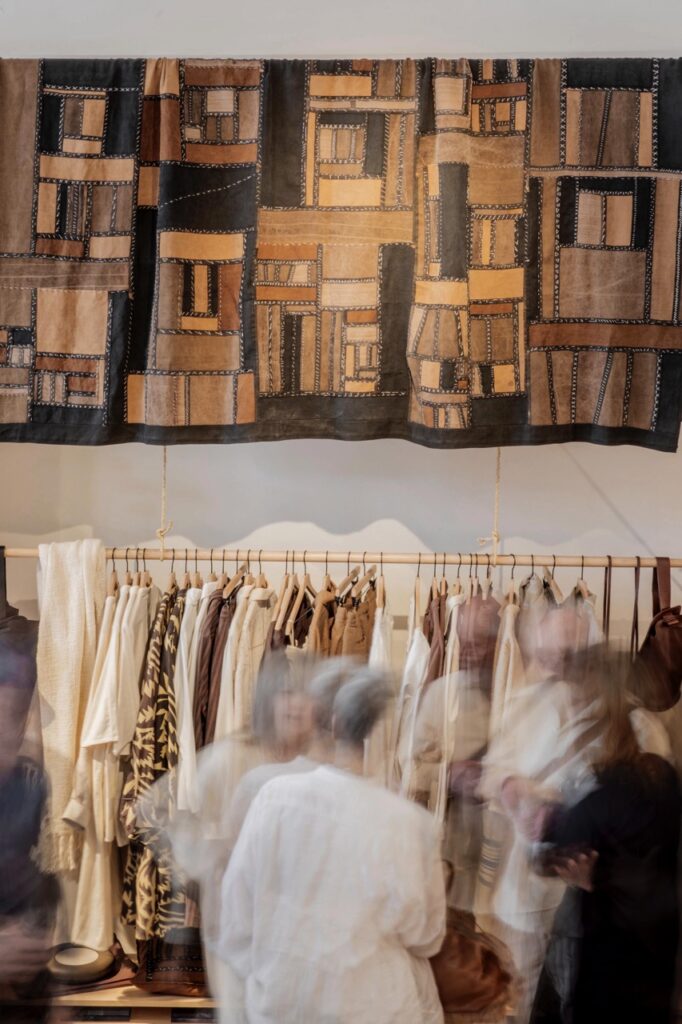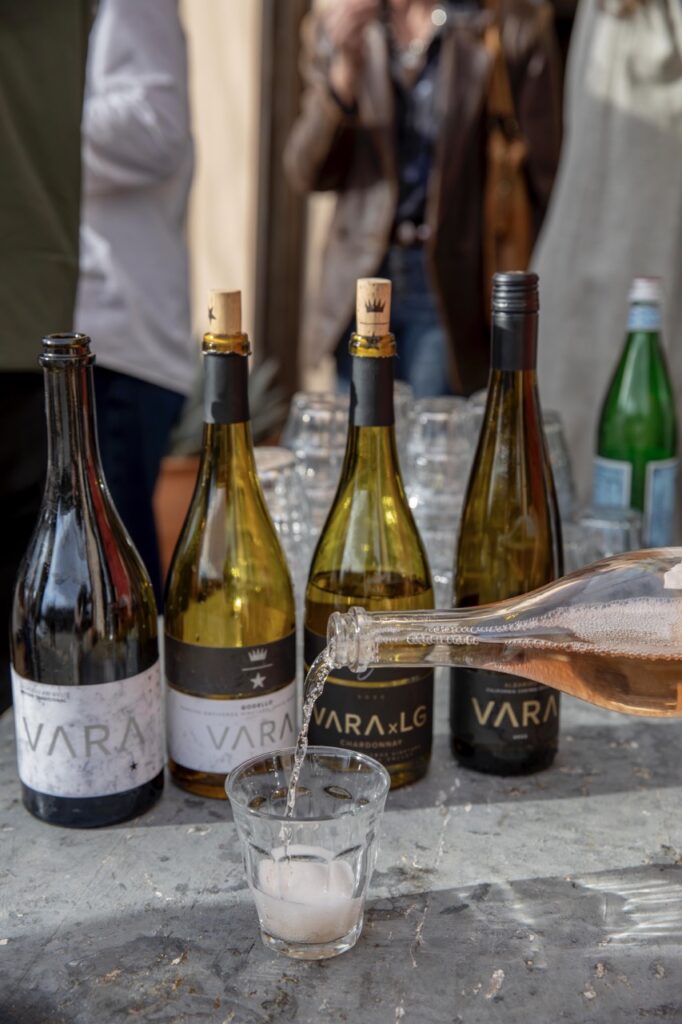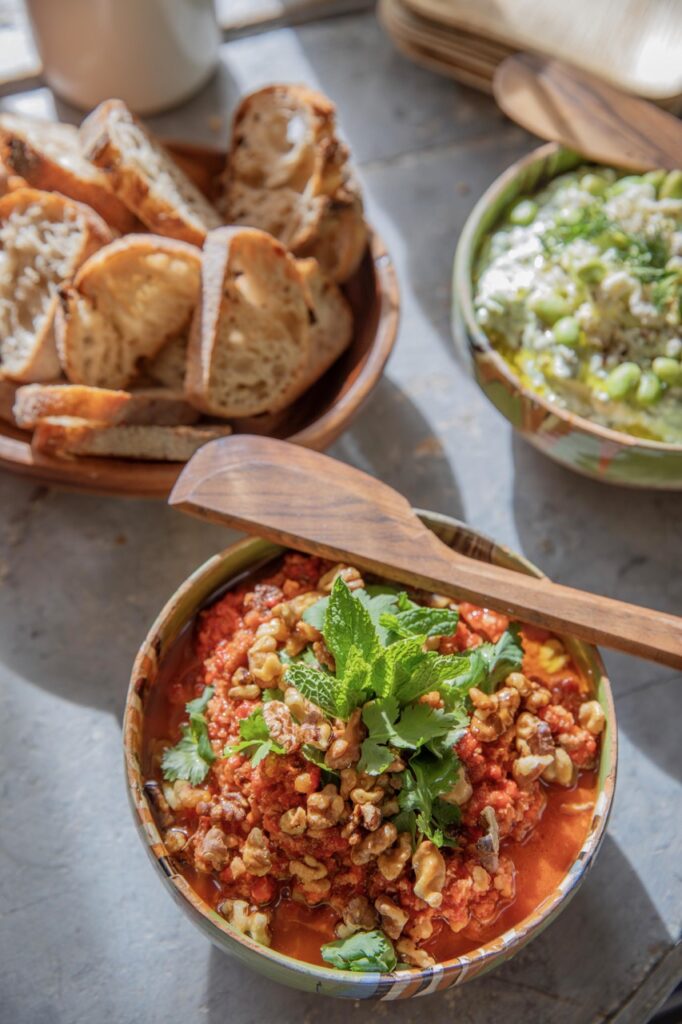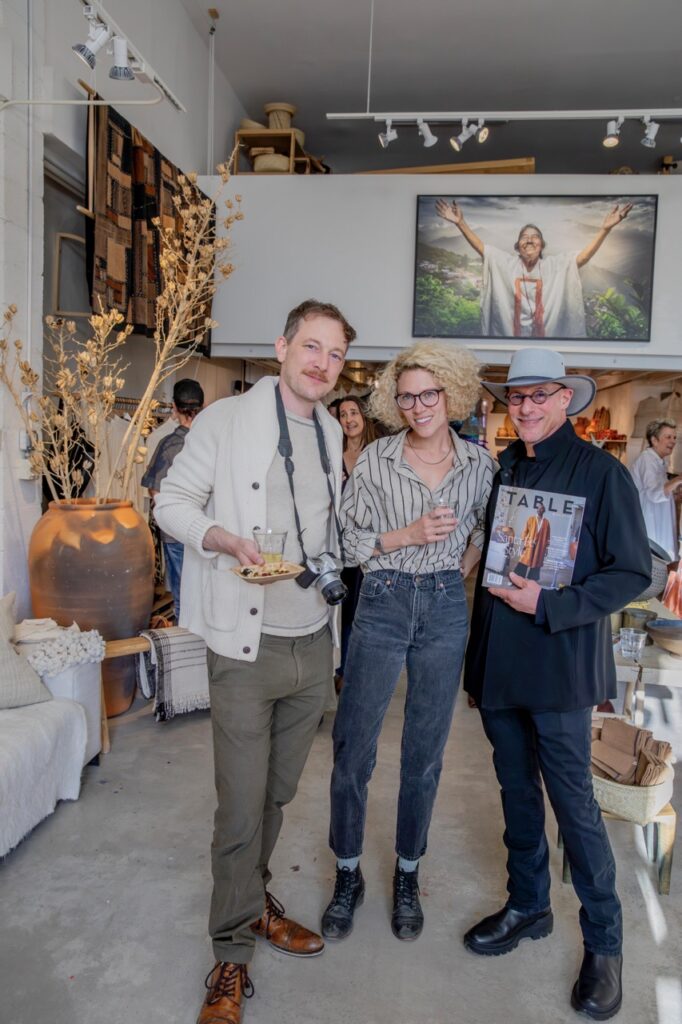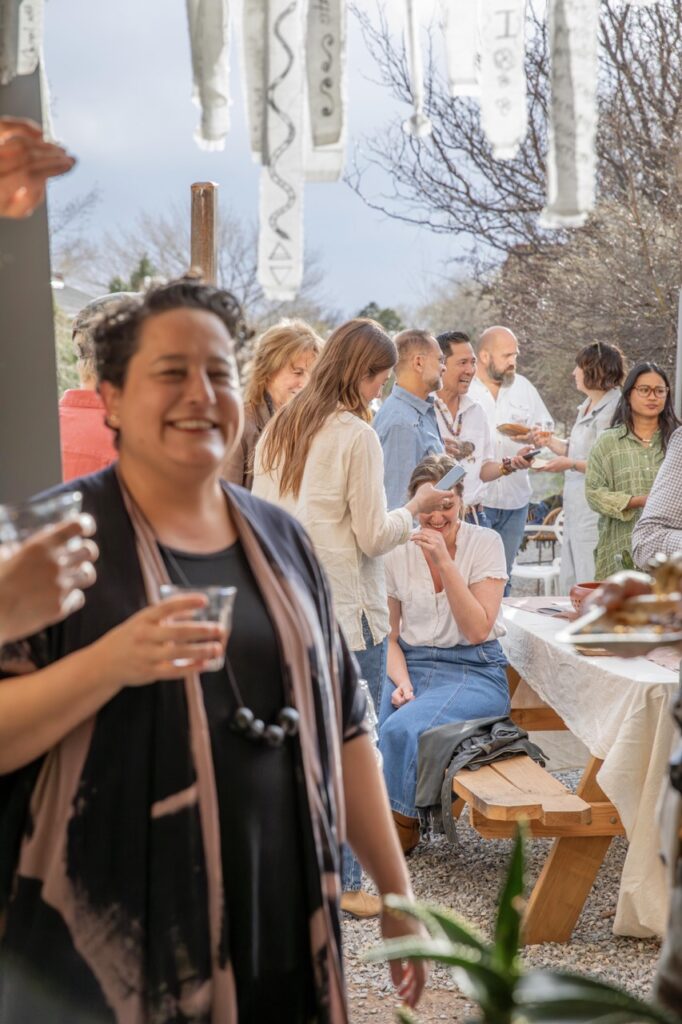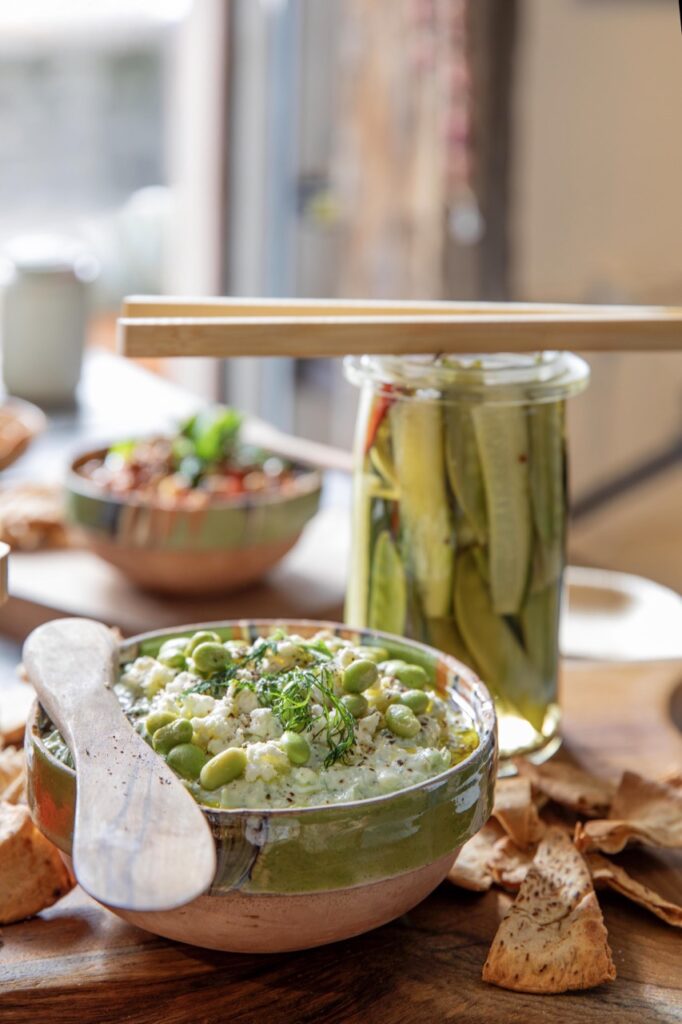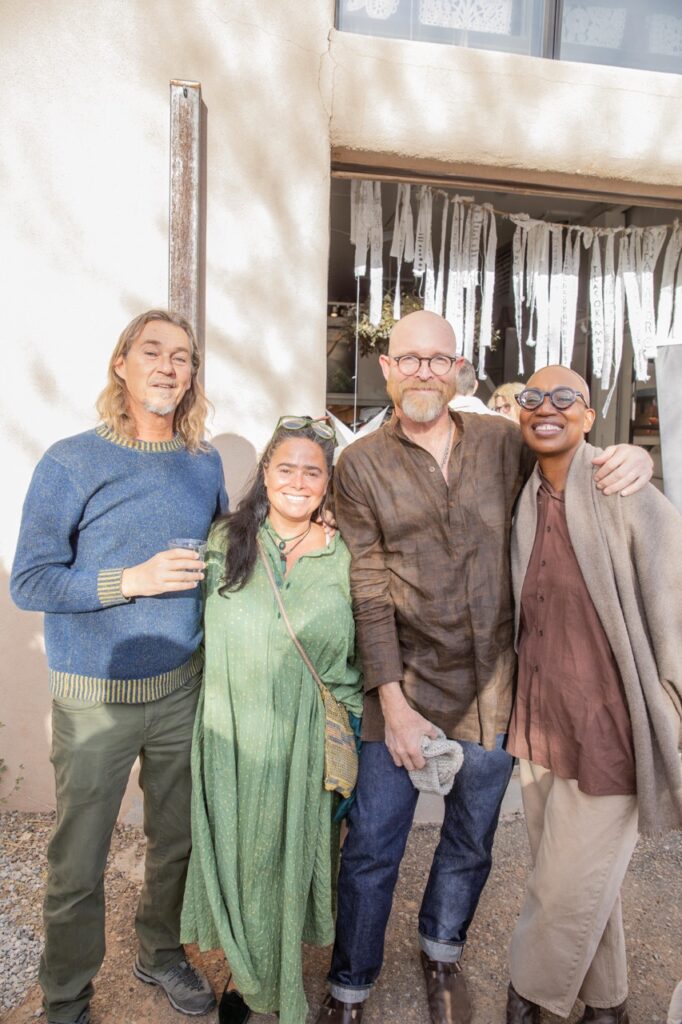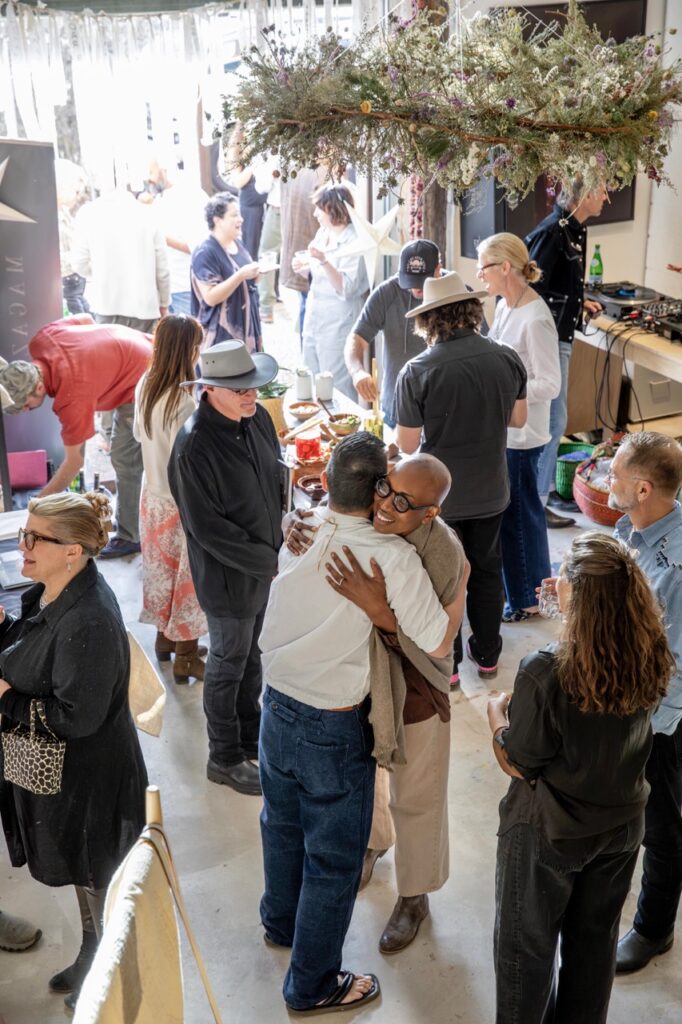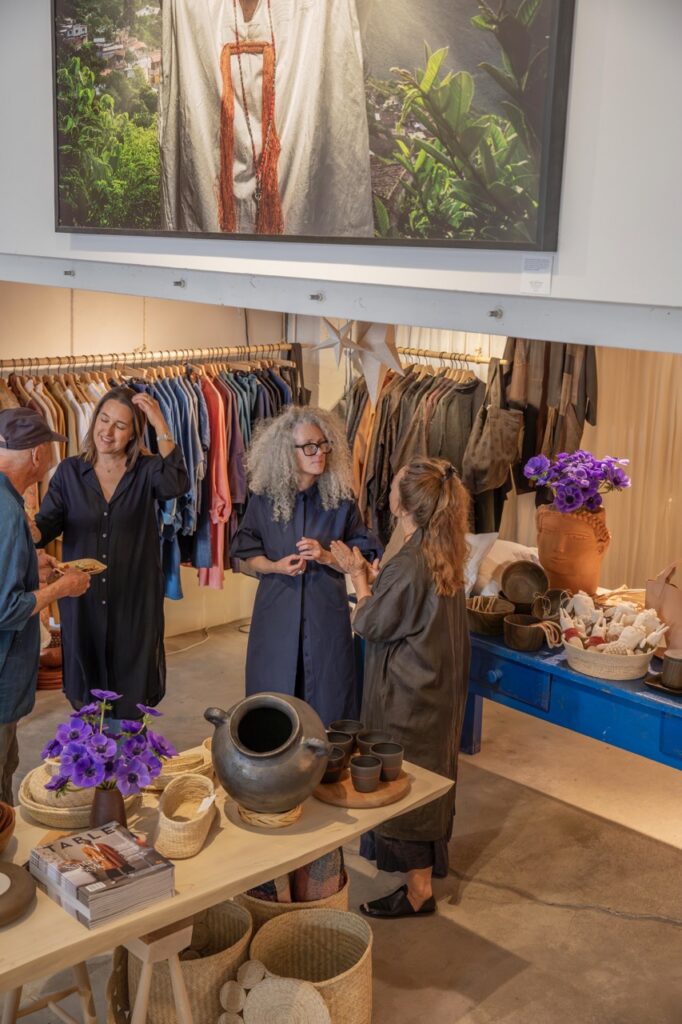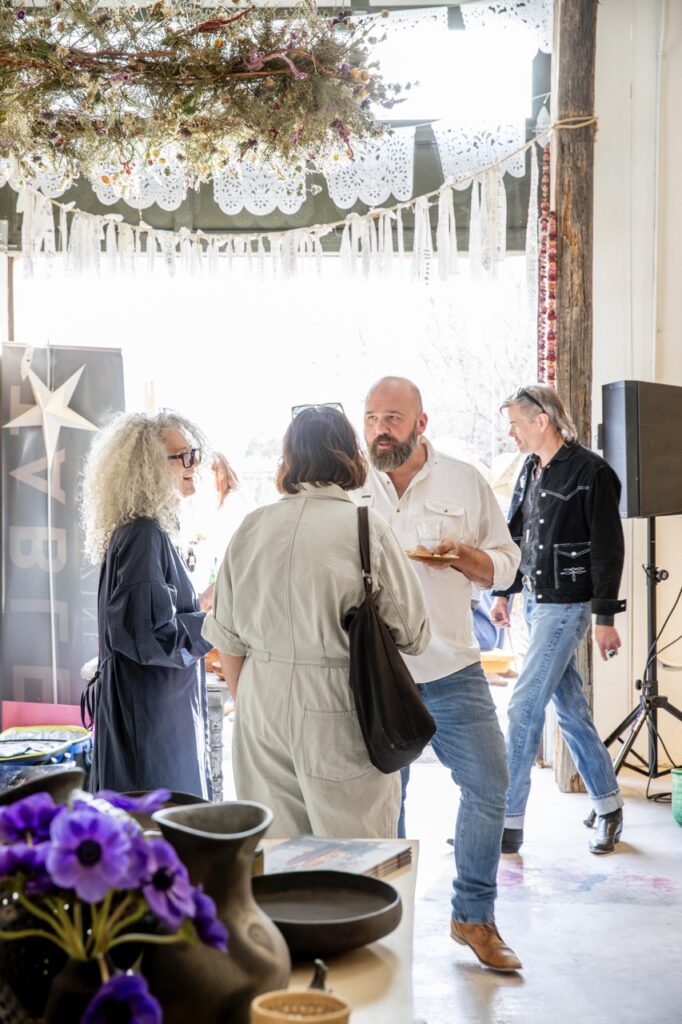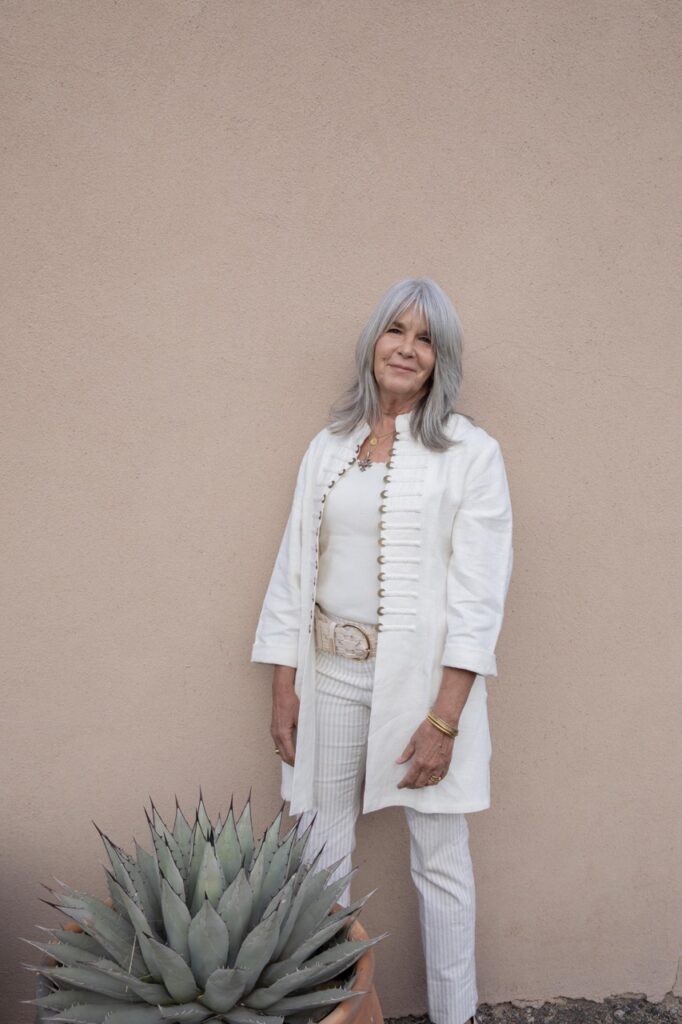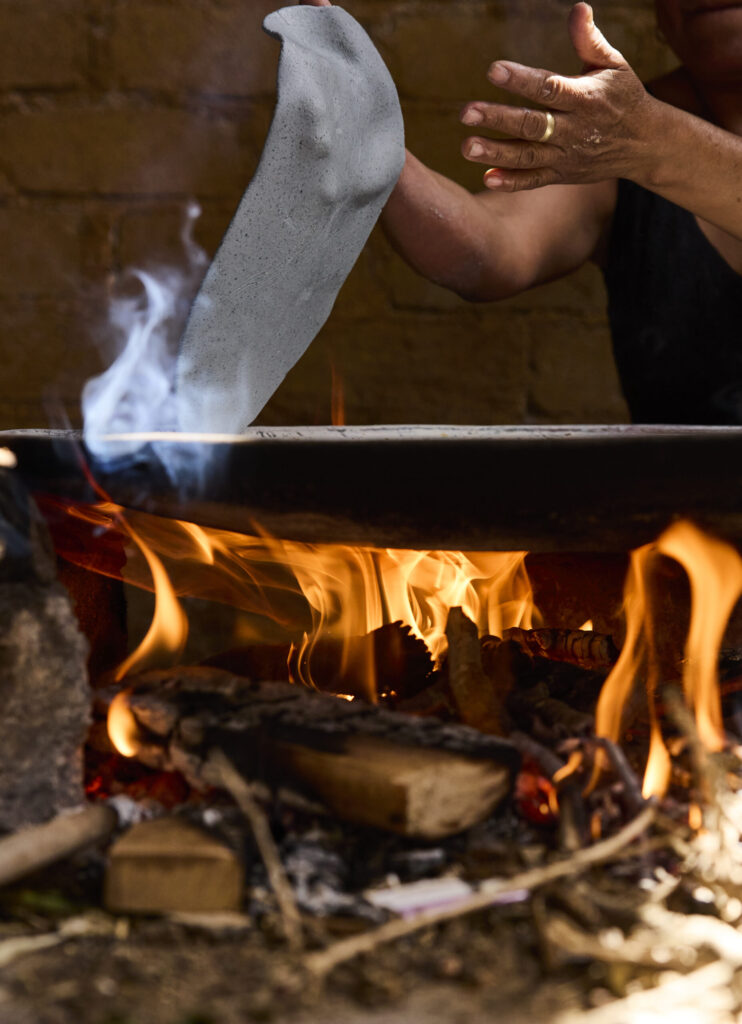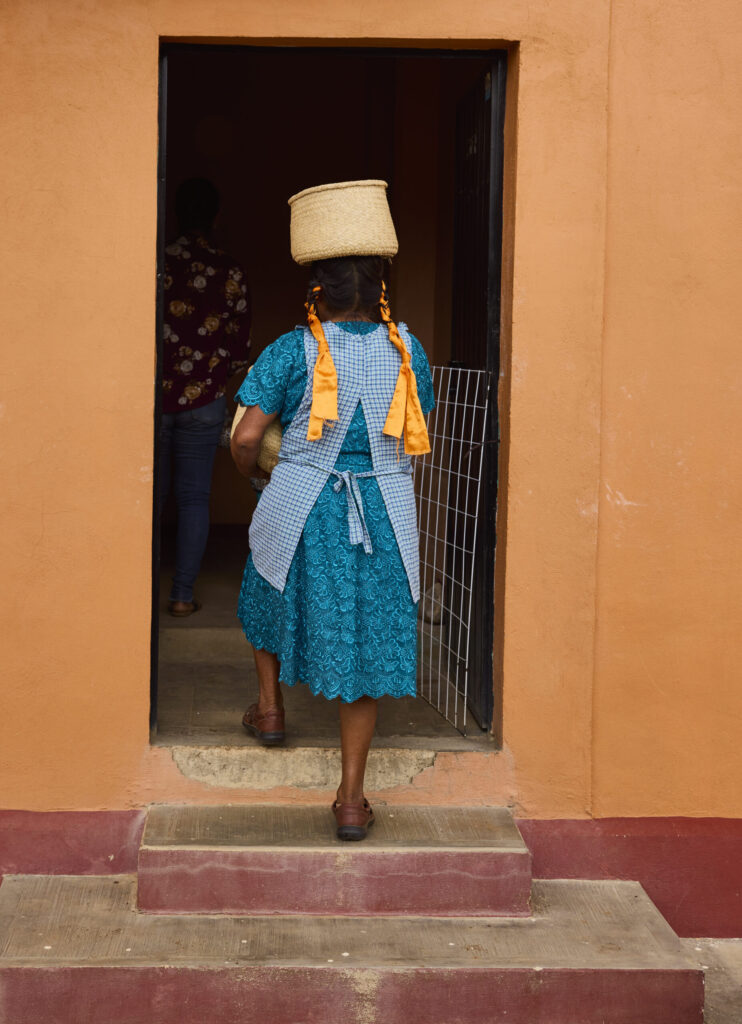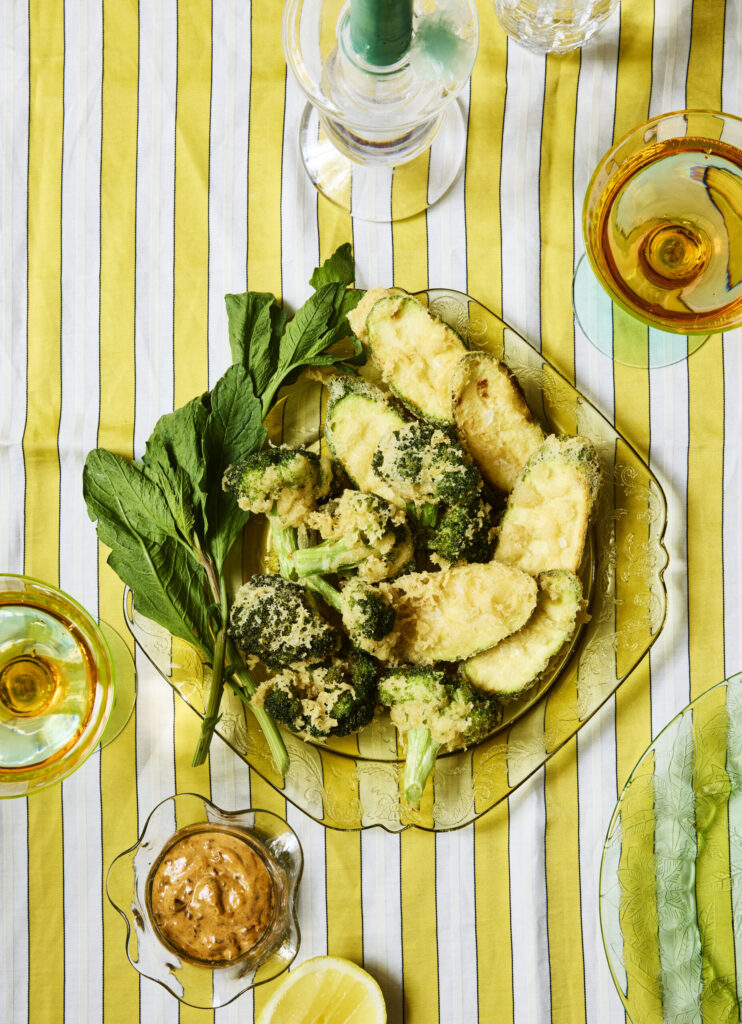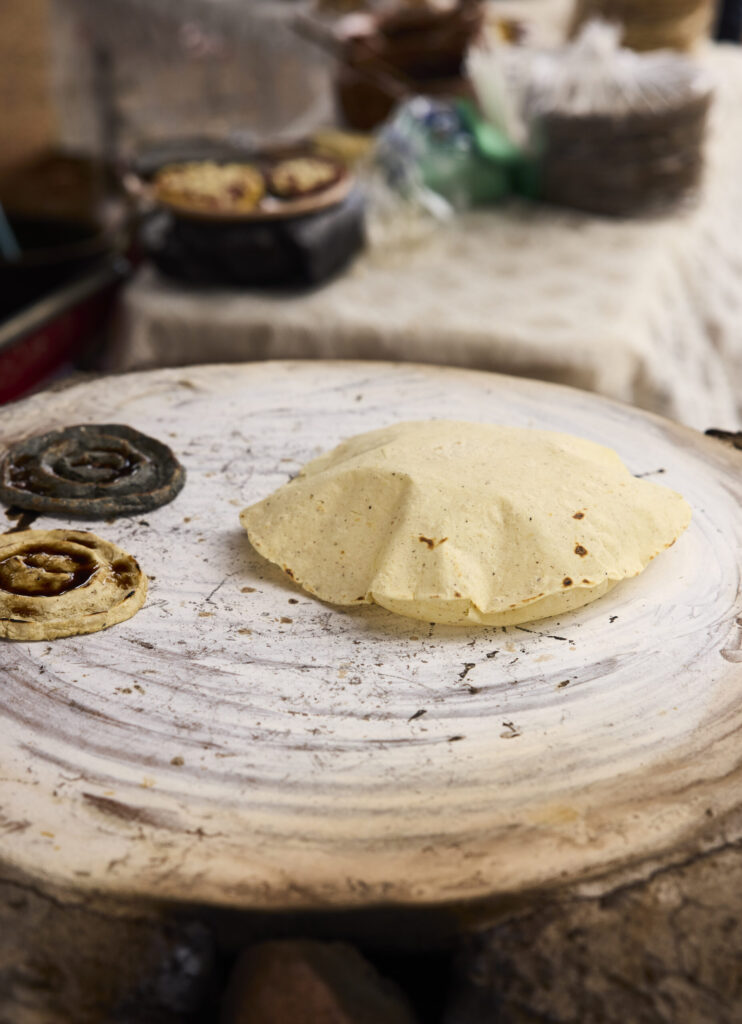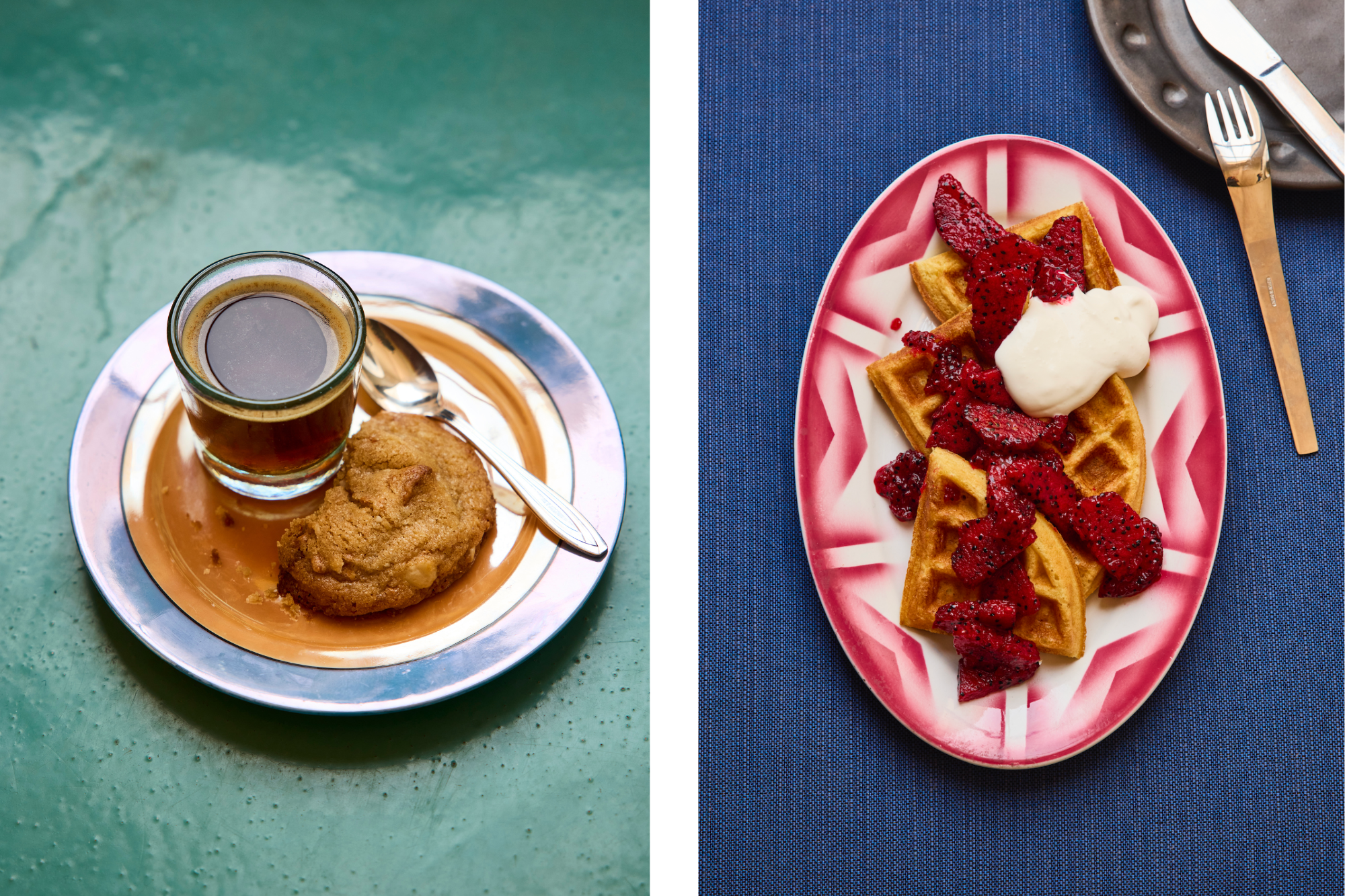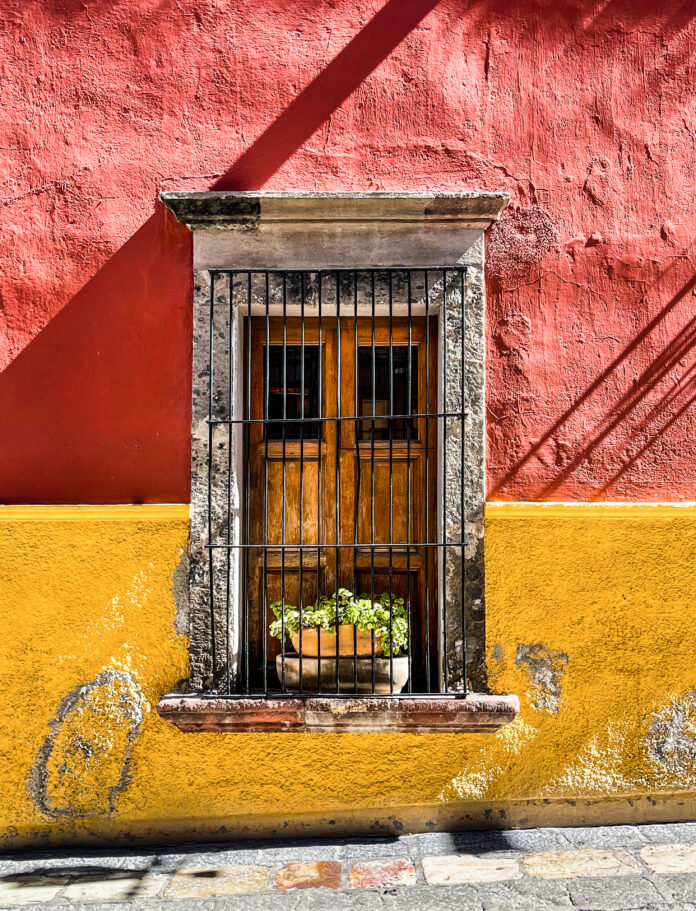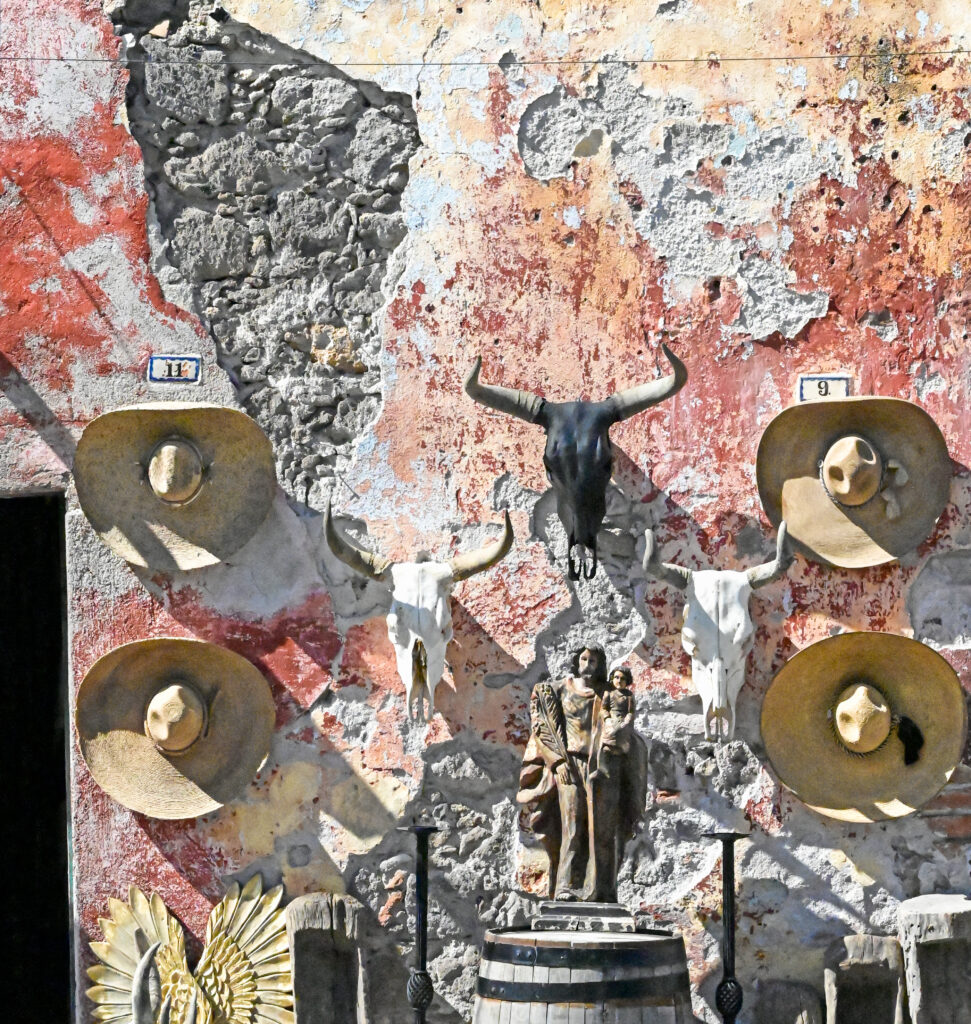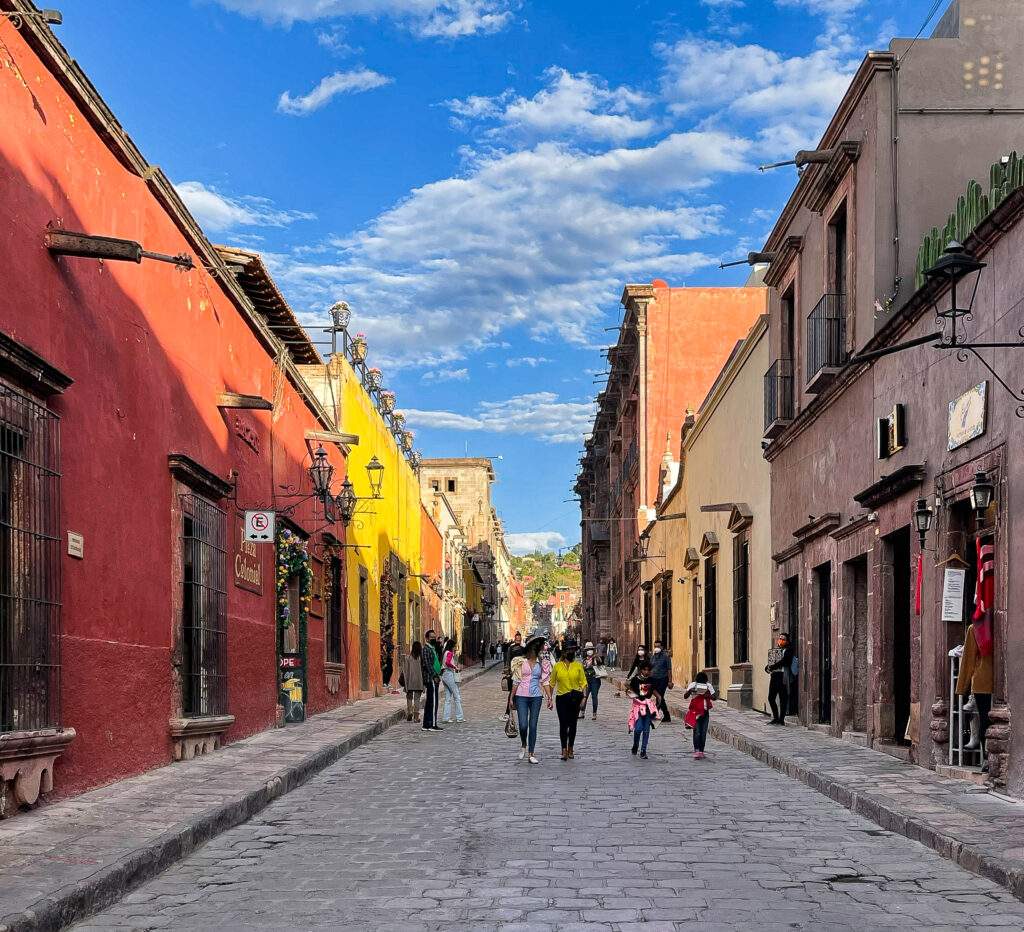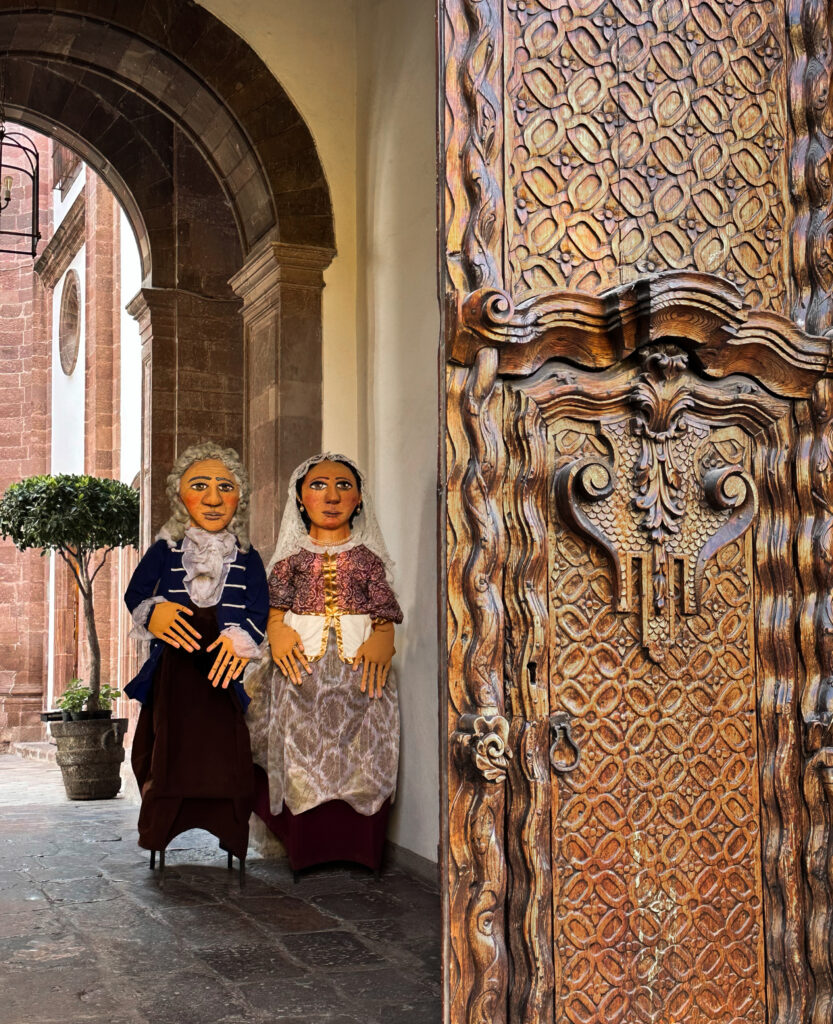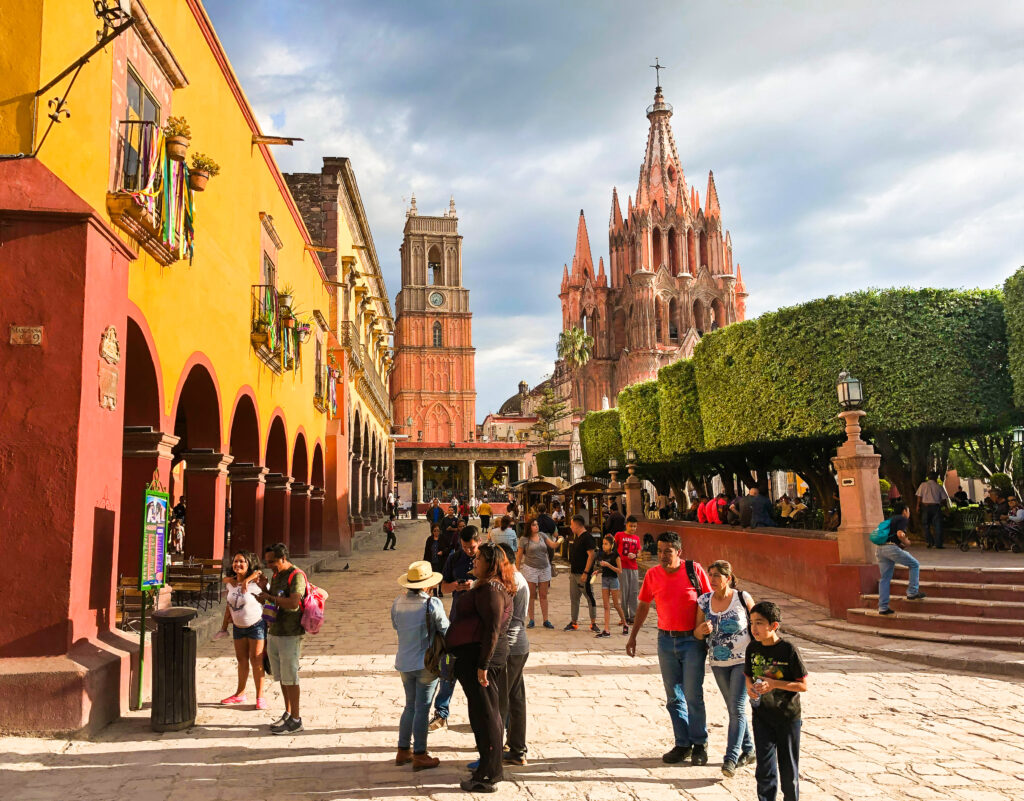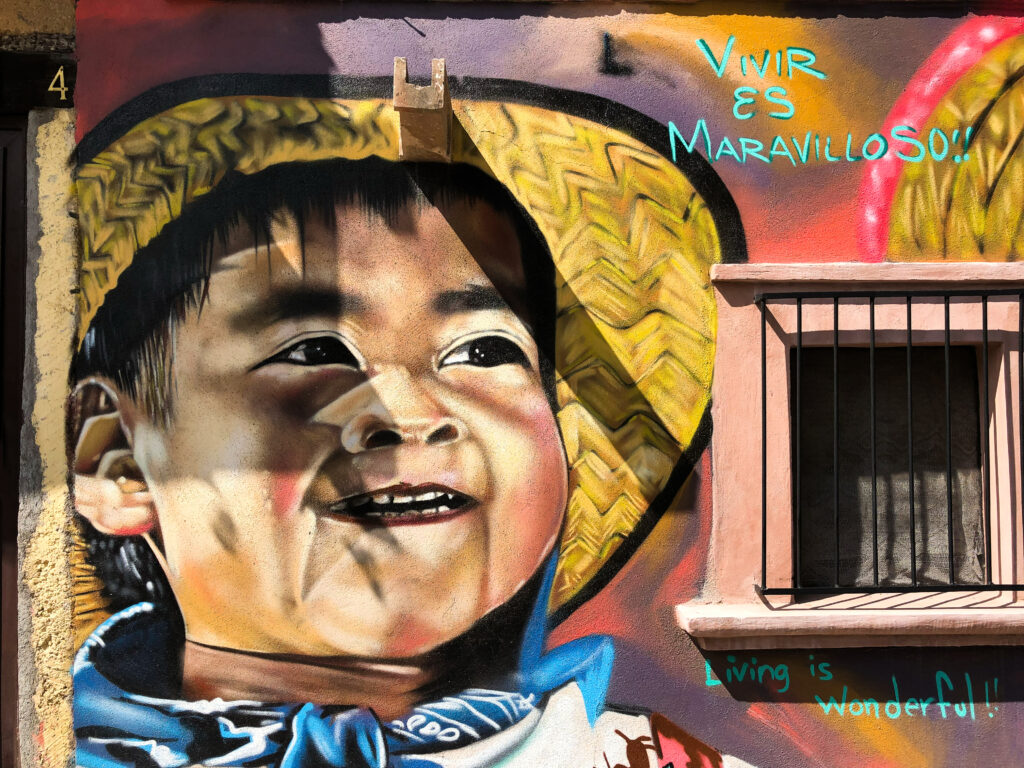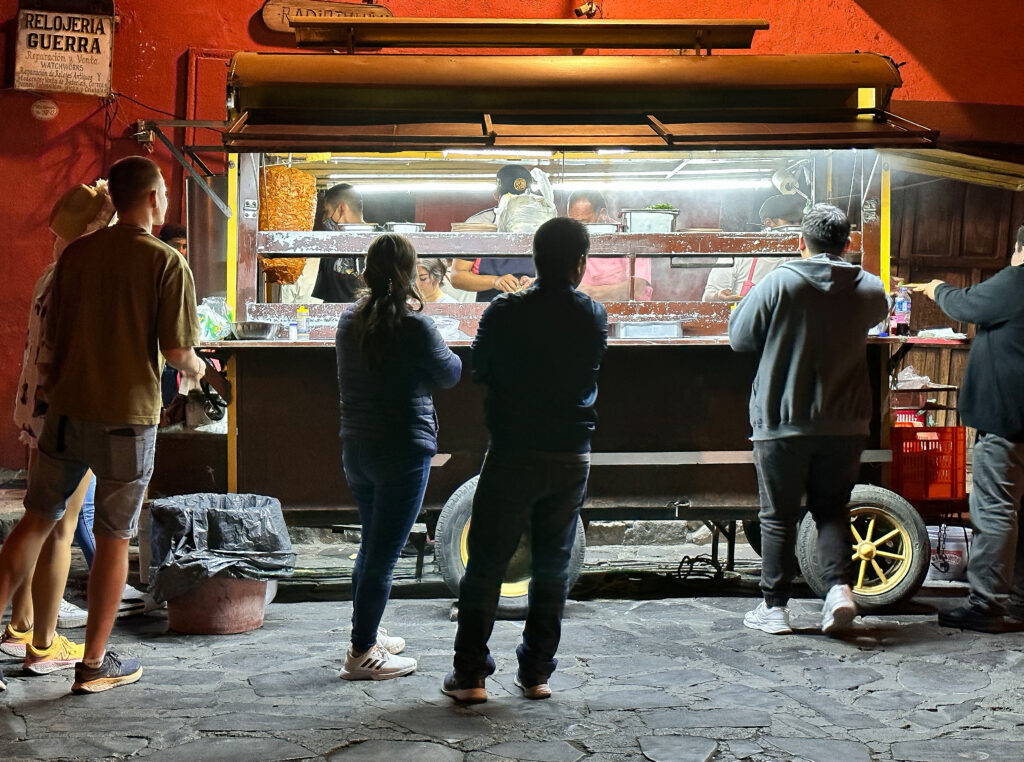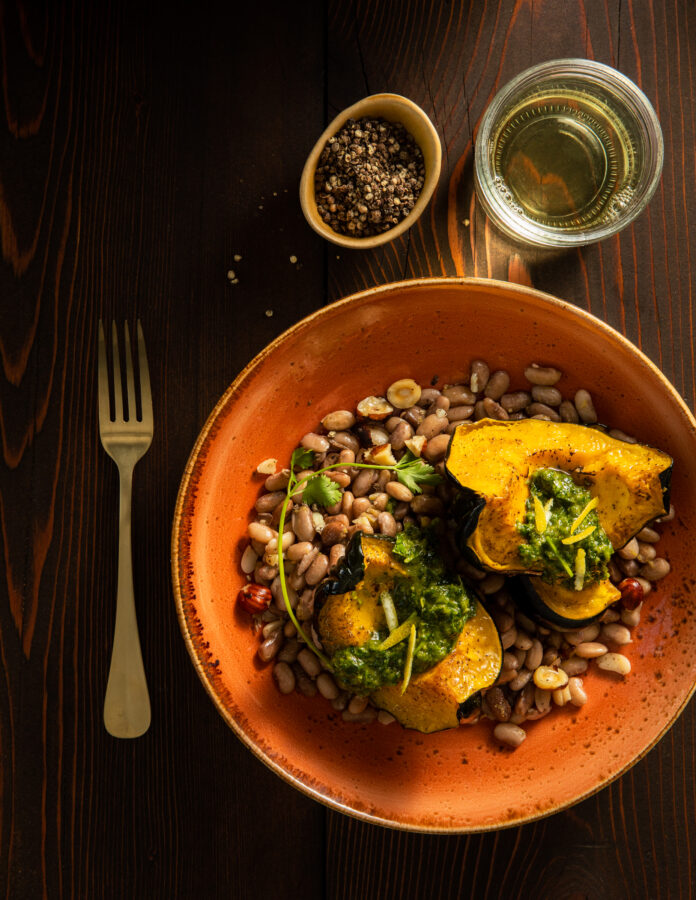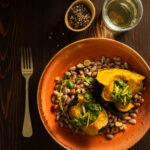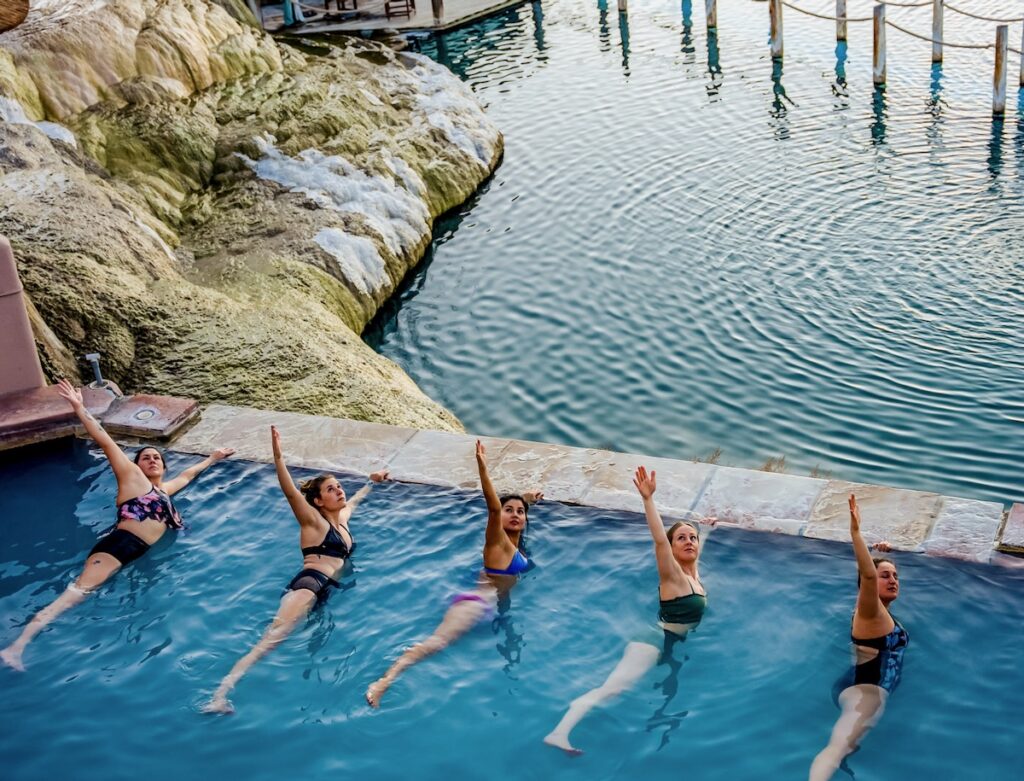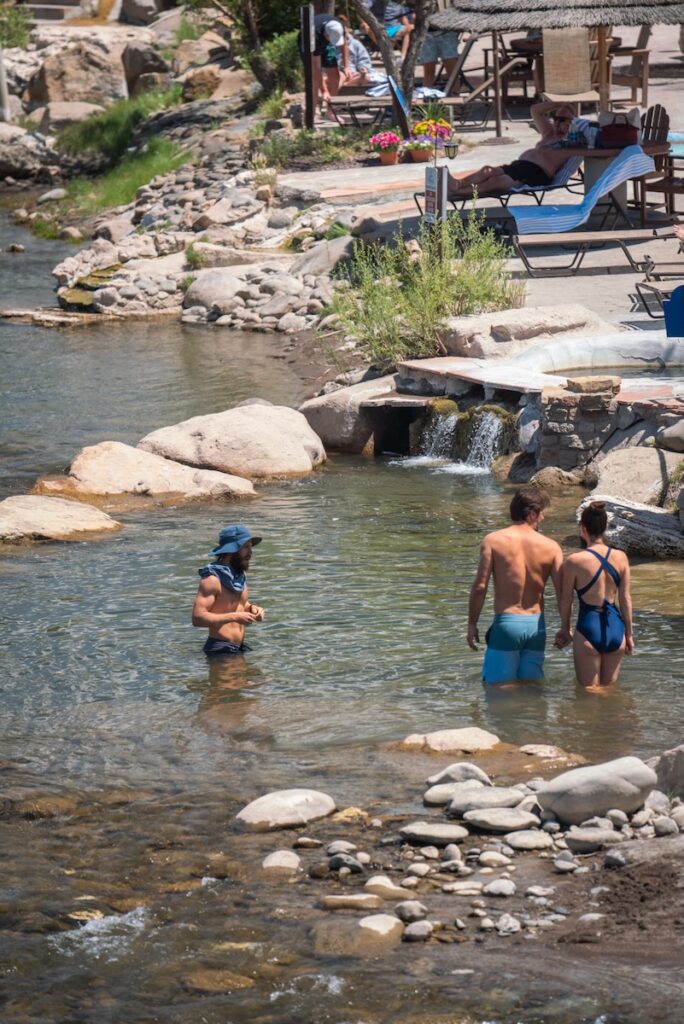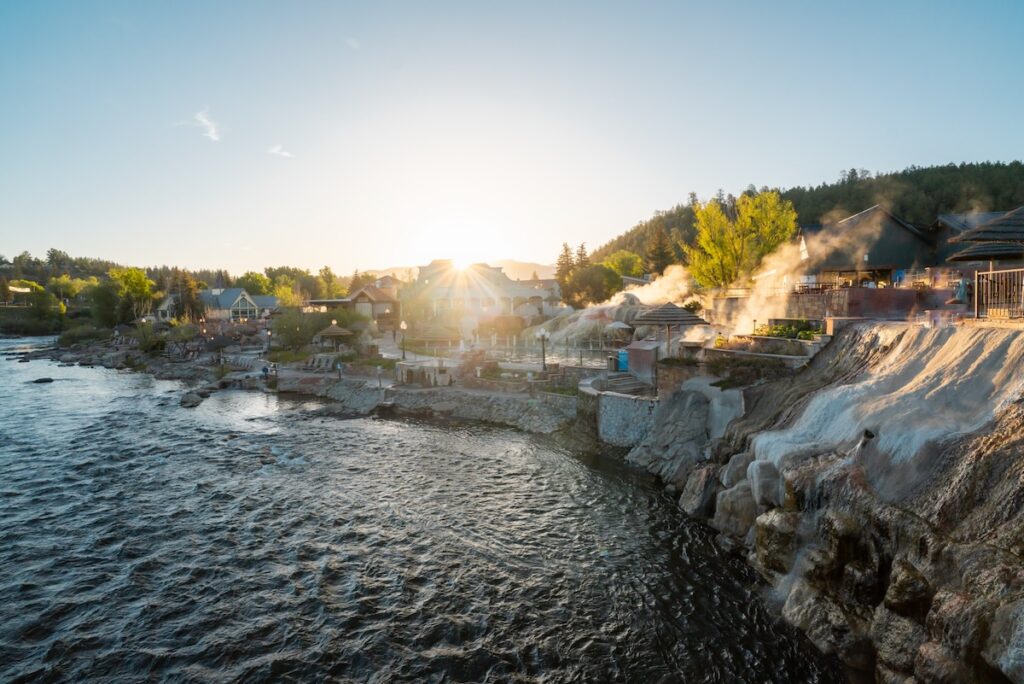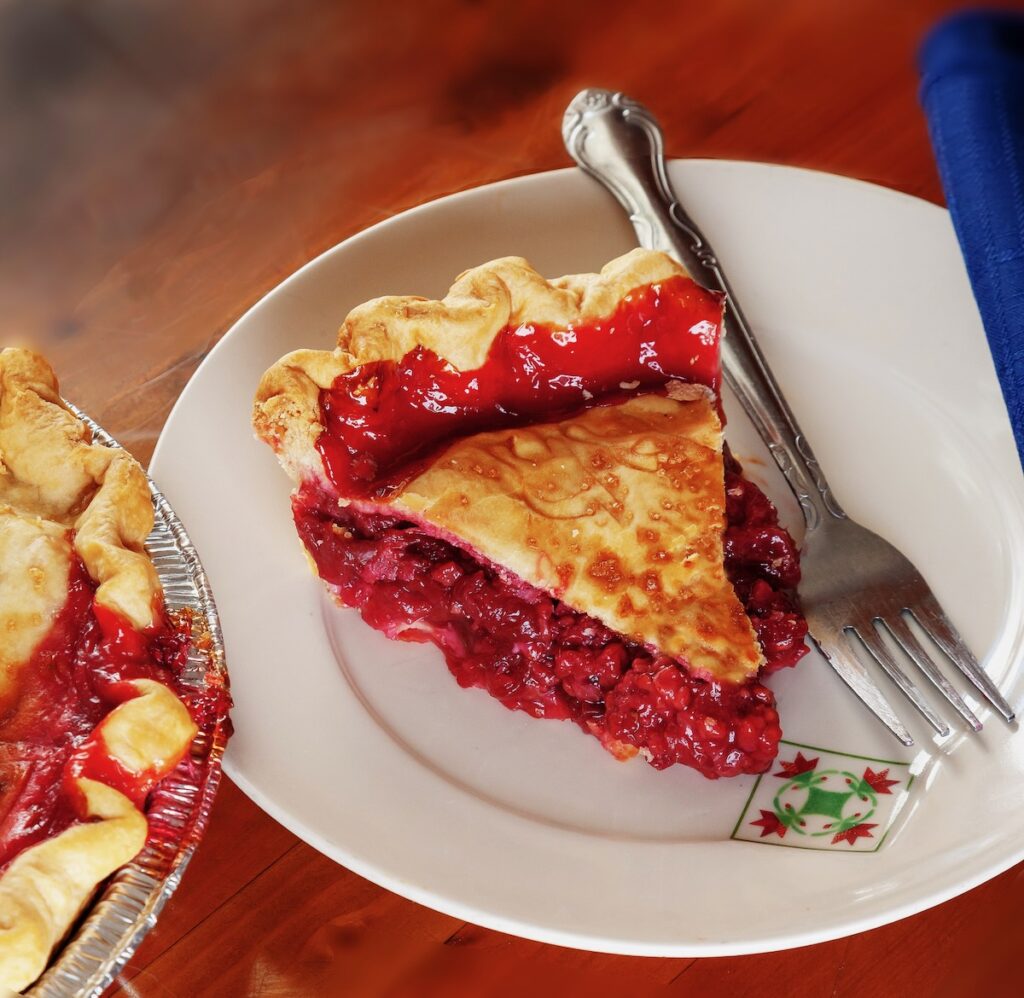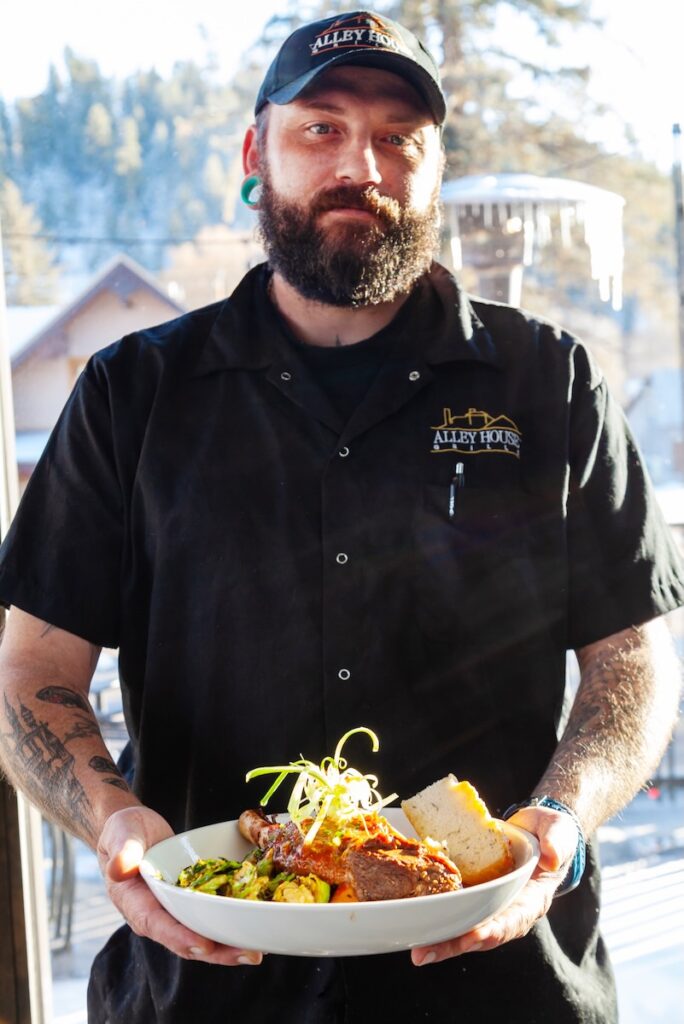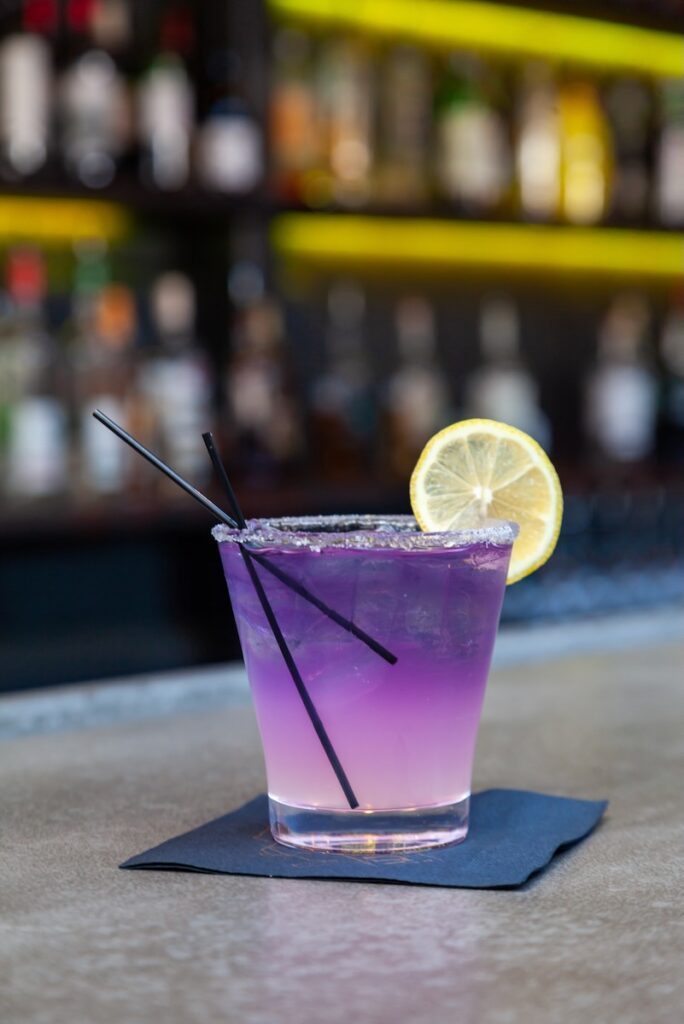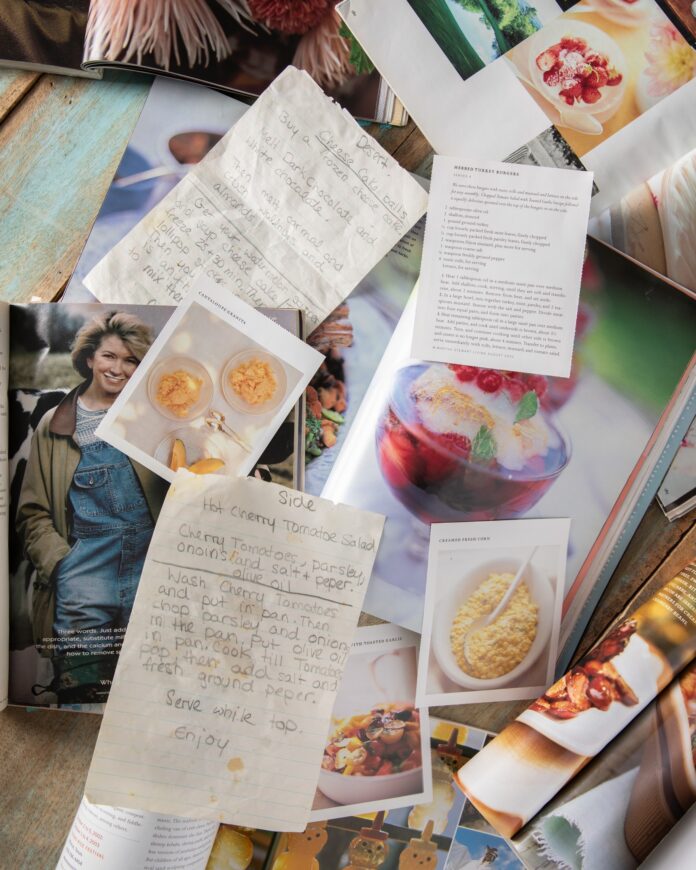Are you looking for a flavor adventure? Whether you stock your shelves with spices or invest in a hot sauce that is guaranteed to waken winter-dulled taste buds, you’re spoiled for local choice in New Mexico. Nibble your way through some of our favorite foods and ingredients.
Where to Shop Pantry Essentials and Spices in Santa Fe
Chocolate + Cashmere – Mezcal Chocolates
Shiny, orbs of chocolatey goodness with flavors like Rosemary Olive Oil, Taos Smoke + Whiskey, Lavender Chamomile, or our favorite, Mezcal. Made daily in small batches, they’re a lovely gift to yourself or someone near and dear.
The Shed – Restaurant Oregano
Take home a taste of The Shed with their range of spices in reusable tins, decorated with the iconic Shed logo. The oregano is used in their carne adovada, beans, posole, and soups.
The Shed – Restaurant Chile Caribe
The Shed’s chile caribe is fresh, coarse-ground, New Mexican red. It’s medium-hot and ace in soups, stews, and sauces–basically anything that could use a hit of New Mexico’s finest. Available in tins or in bulk bags, because more is better.
Santa Fe School of Cooking – Epazote
Epazote, a dried herb used in Mexican and South American dishes, tastes of anise with hints of oregano and is a must when you’re cooking your next batch of beans.
Santa Fe School of Cooking – Prickly Pear Tea
Sit back and relax with a cup of Prickly Pear Tea, a brilliant blend of black teas and natural flavors.
Santa Fe School of Cooking – Cedron
Cedron–aka juniper berries–is that secret-something in gin but also a must in marinades, stews, and soups. Can be used crushed or whole.
Santa Fe School of Cooking – Coriander Seed
Go to a class to learn how to make killer tortillas and leave with a stash of cupboard staples to stock your spice shelf. Santa Fe School of Cooking has dozens of spices on hand like their whole coriander seeds.
Santa Fe School of Cooking – Canela
Canela, known as “true cinnamon,” is milder, sweeter, and more fragrant than typical cassia cinnamon.
Stokli – High Desert Herbs
Inspired by the high-mountain deserts of New Mexico, Stokli house-made salts and herb blends are the perfect way to add zing to your cooking. The High Desert Herb Blend is kitchen magic thanks to a masterful combination of marjoram, sage, lavender, rosemary, chile, and thyme.
Stokli – High Desert Salt
Stokli finishing salt starts with Pacific sea salt that is gently seasoned with a mixture of lavender, red, and green chile.
Cafe Pasqual’s – Chile Pecans
Take organic pecans, add some Chimayo chile, a splash of Kahlúa and some sugar, and presto––you have Cafe Pasqual’s Chile Pecans. As Pasqual’s says themselves, “words cannot do them justice.” We couldn’t agree more.
Plaza Café – Mango Habanero Hot Sauce
Around since 1905, the Plaza Café is a must-go, whether it’s for New Mexican classics or American-diner favorites. You can take home a taste of Plaza Café with their salsas, biscochitos, signature Tropic Isle Loose Leaf Tea (their iced tea is a TABLE favorite), or sweet and spicy Mango Habanero Hot Sauce.
Best Daze – THC Sugar & Salt
Take your cooking to a whole new high with Best Daze THC sugars and salts. Great in baking or whenever you’re using sugar or salt in a recipe.
Story by Julia Platt Leonard
Styling by Anna Franklin
Photography by Dave Bryce
Subscribe to TABLE Magazine‘s print edition.
